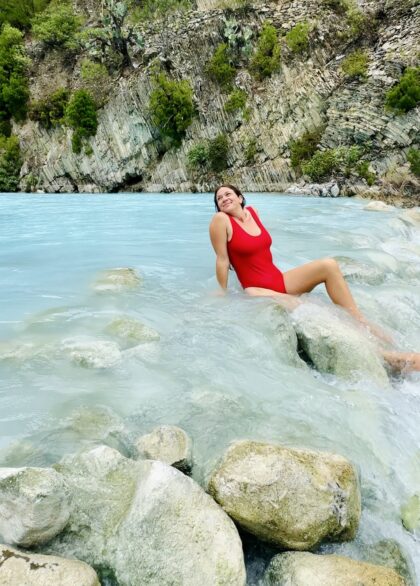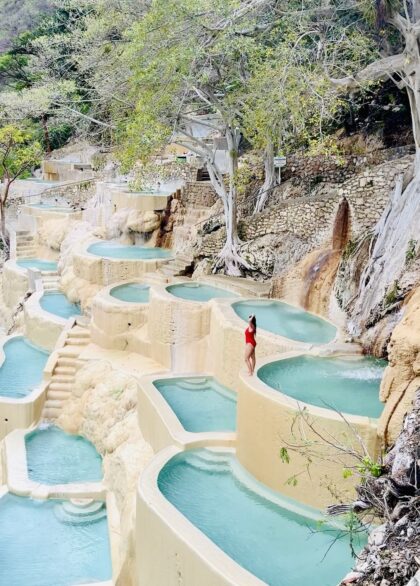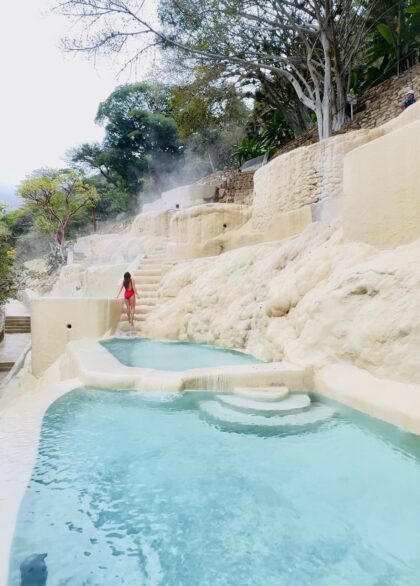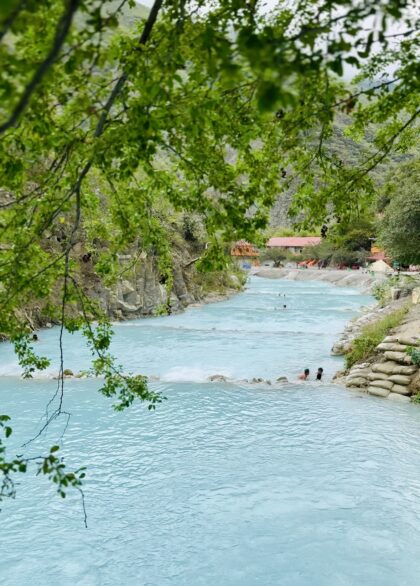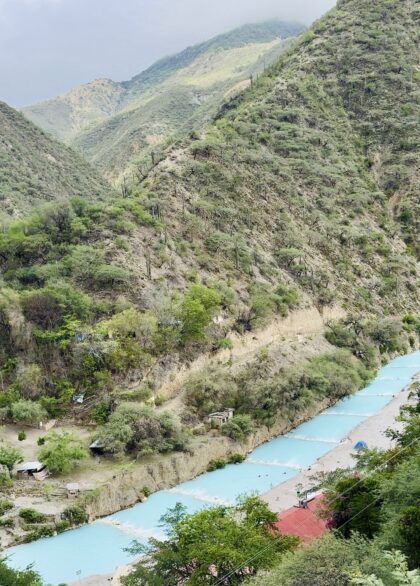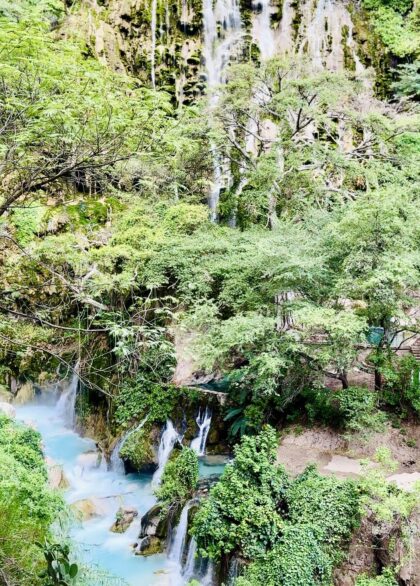Mexico Overland Guide
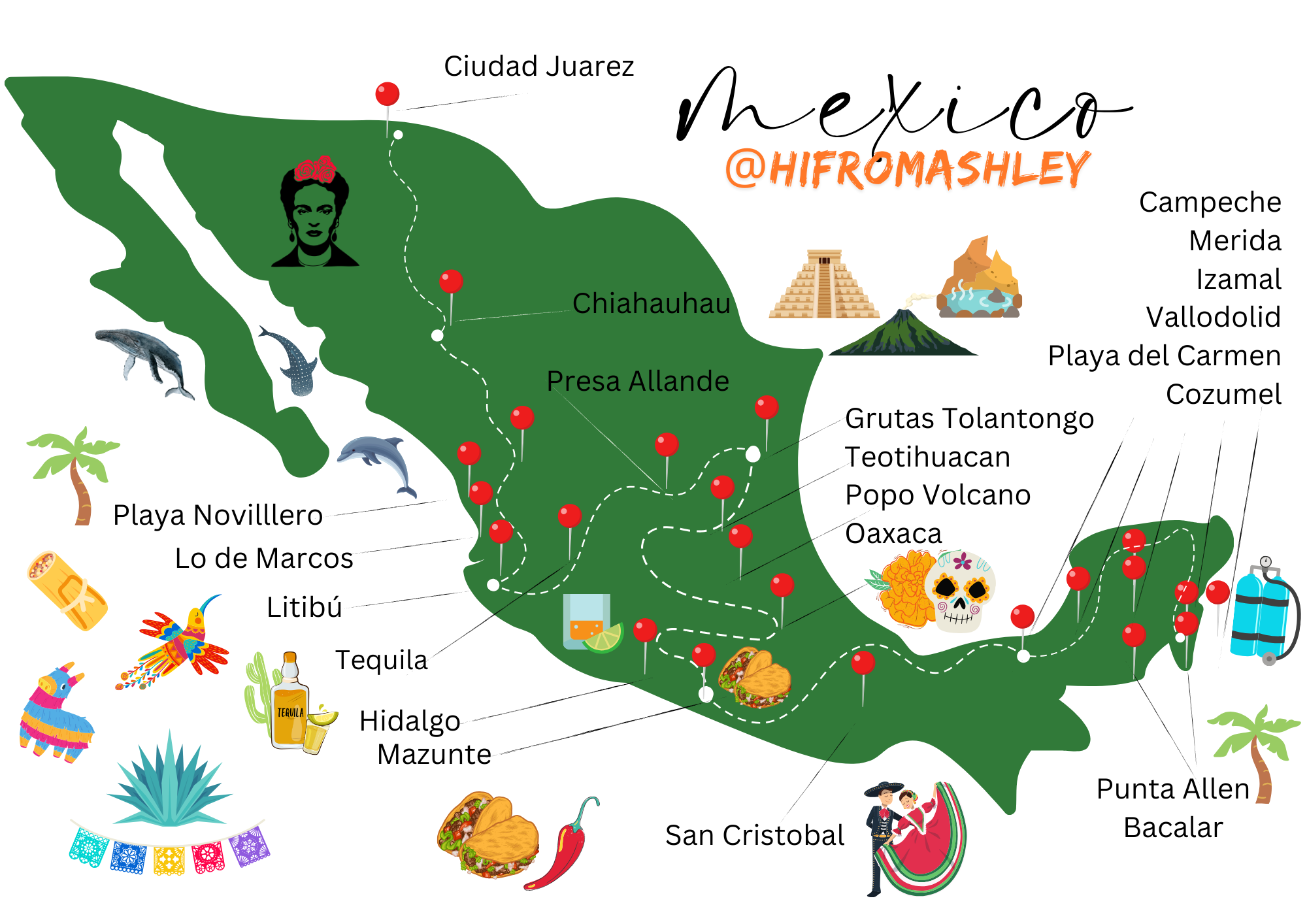
This was my route through mainland Mexico, solo.
Favorite Camping Spots
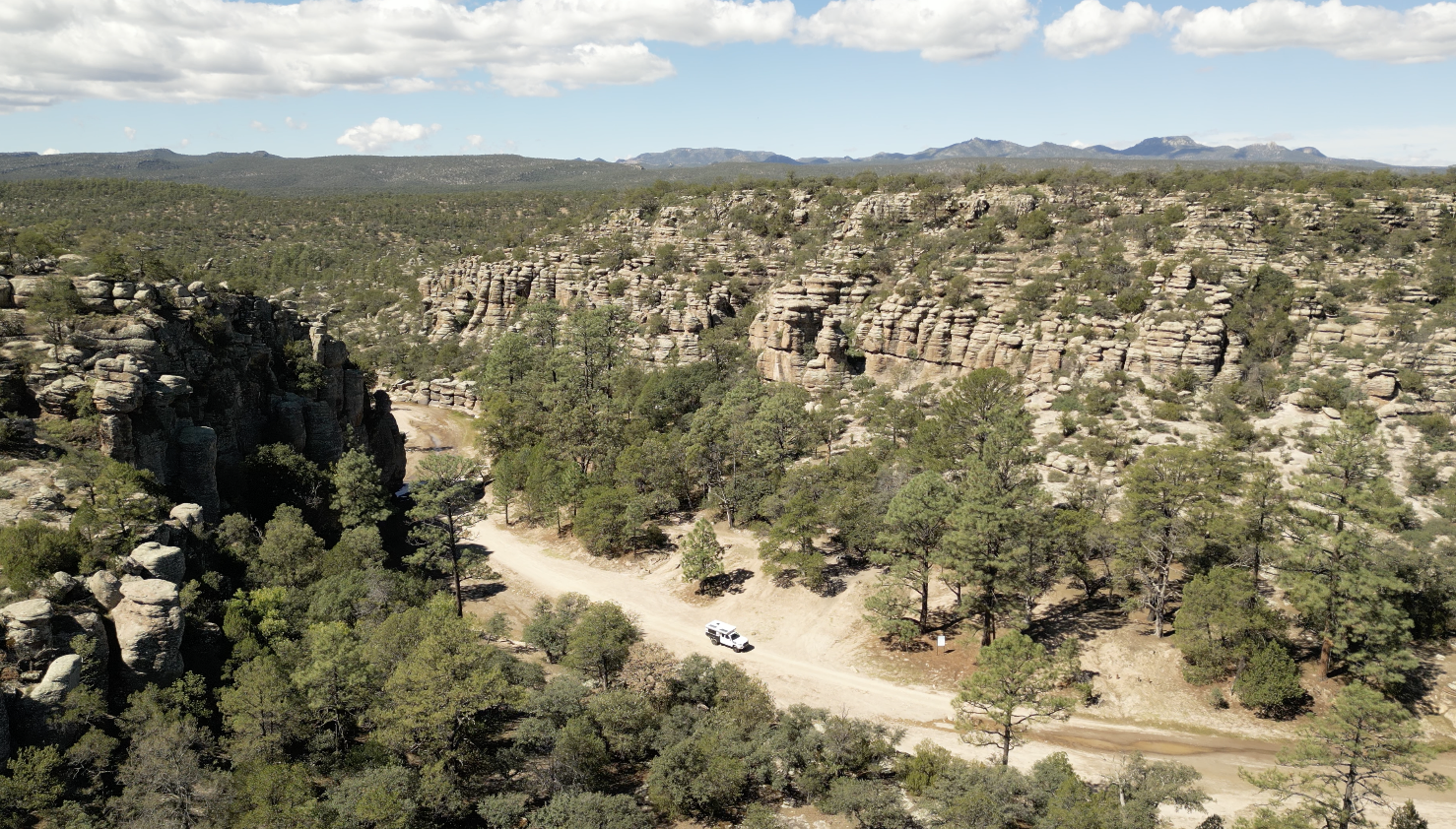
Las Hadas Campground Mexico
My first camp in Mexico, Las Hadas, certainly did not disappoint. This camp spot is one of several located inside the Cumbres de Majalca (Magical Summits) National Park. The drive in alone is stunning, be sure to take your time. This is a popular location on the weekend. If you arrive on a Sunday afternoon, once dinner is over you might just end up like me, completely alone in this peaceful national park.
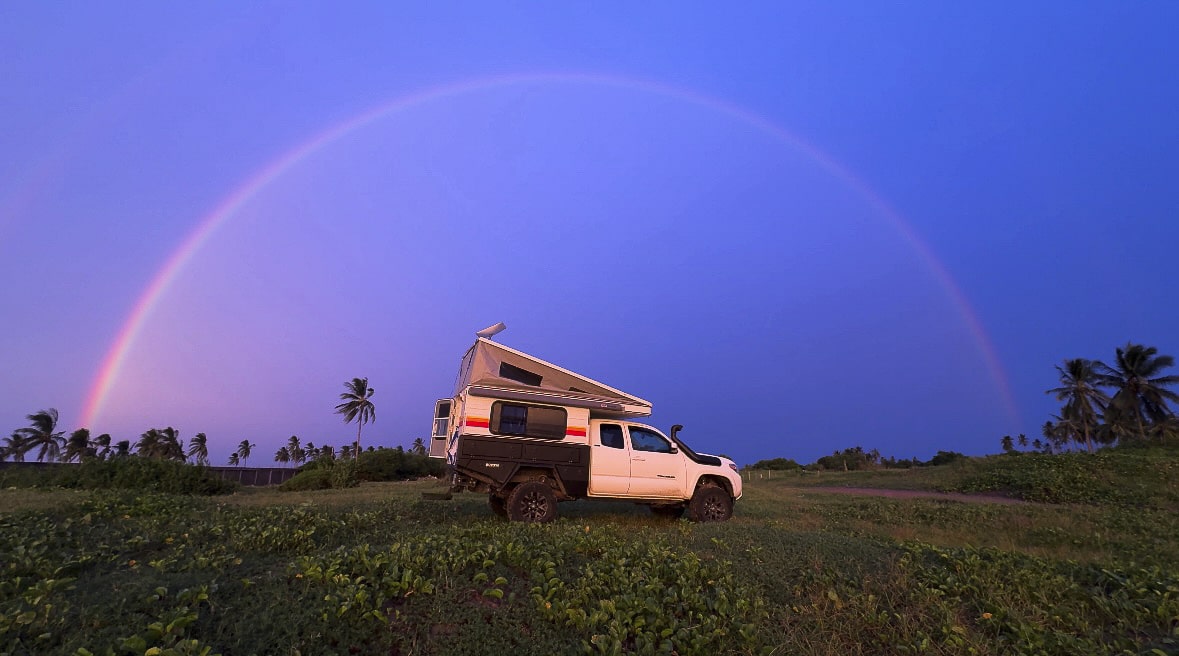
Playa Novillero
There may have been a Cat 4 hurricane just 50 miles south of Playa Novillero, but the sky was unbelievably vibrant, ocean temperature was perfect, and the locals were friendly. This beach camp is my favorite type of beach camps. No tourists, no giant hotels. Only towering palm trees, endless ocean, and great locals.

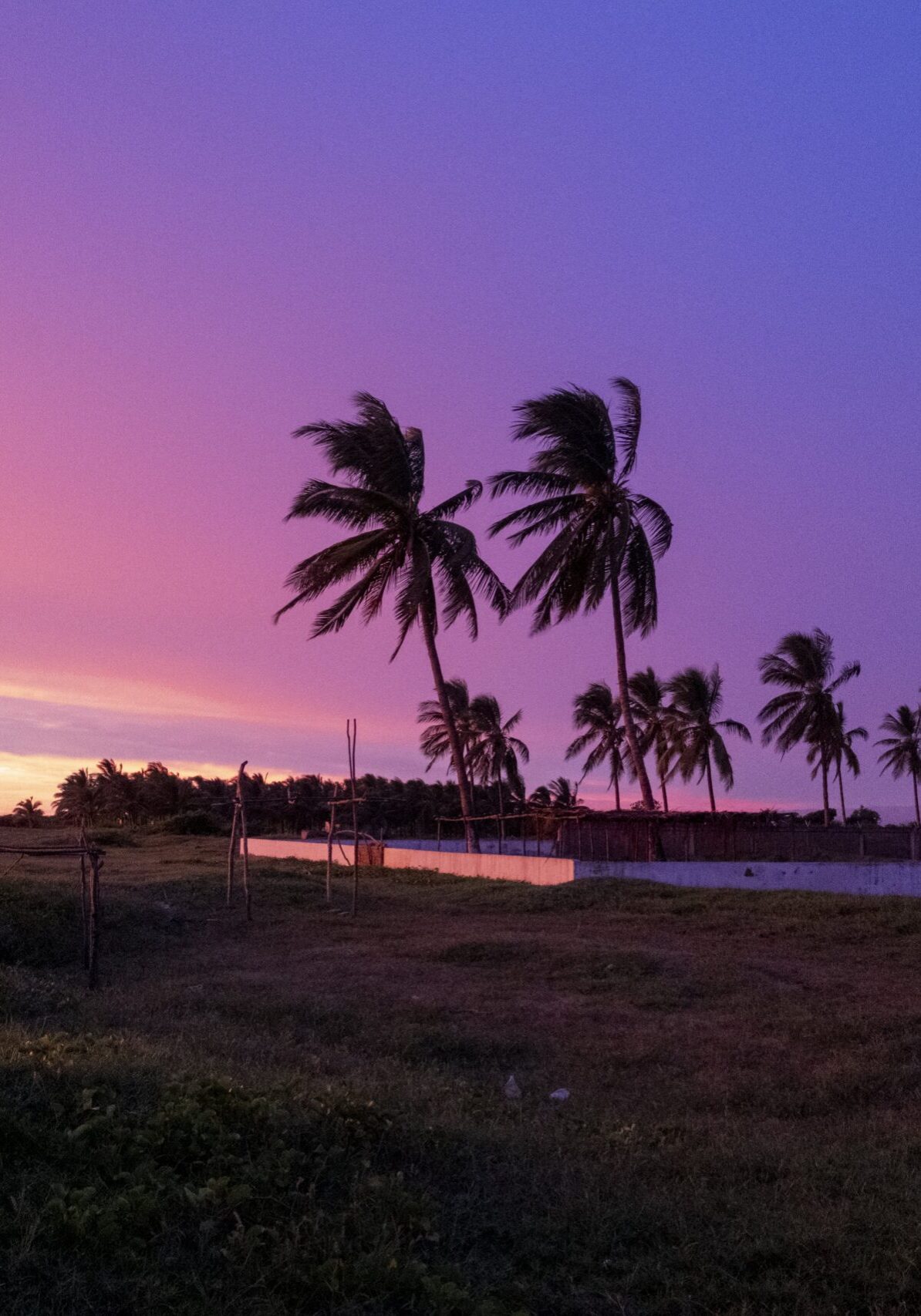
Volcano Popocatépetl
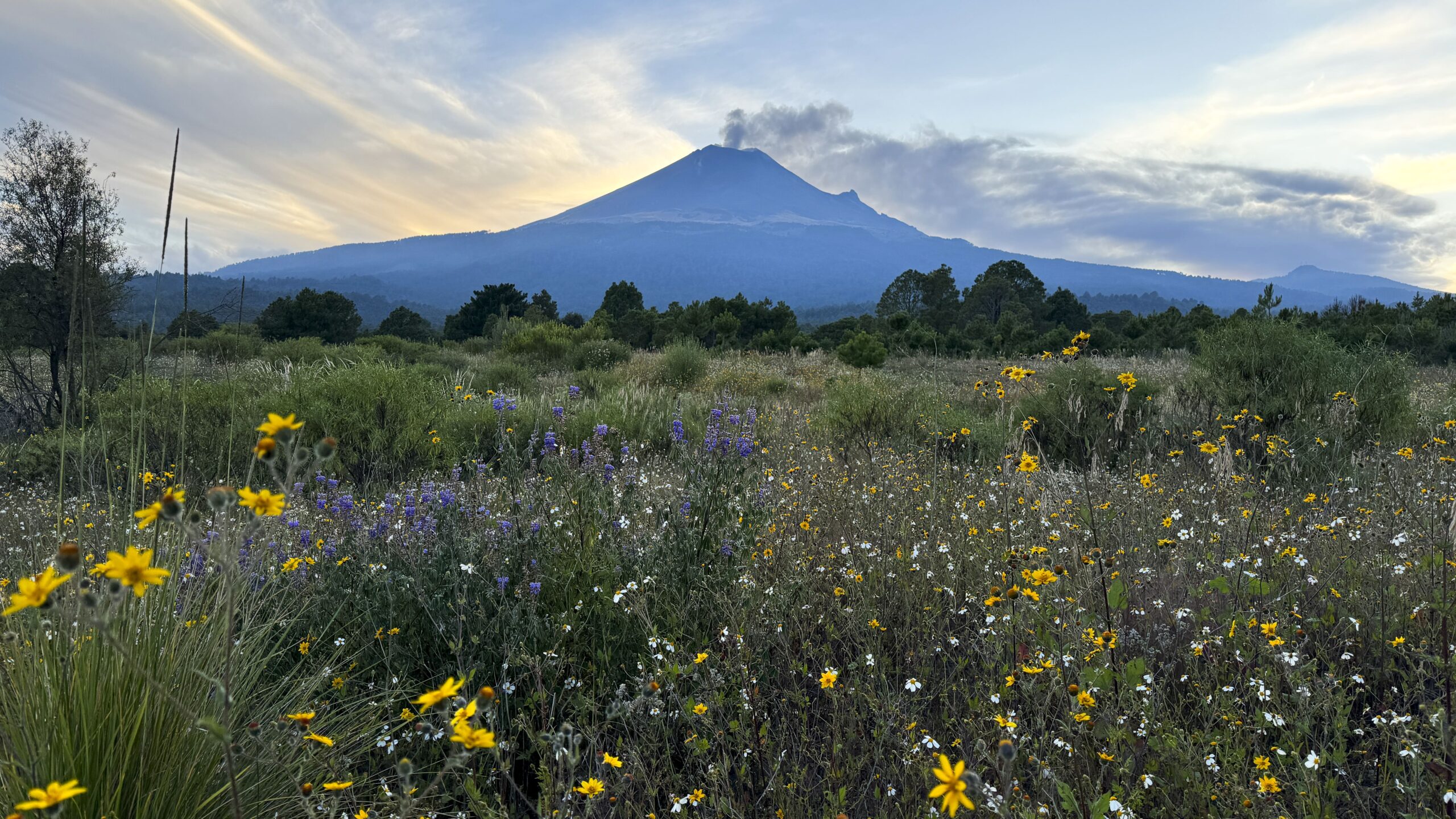
To answer the first question, yes volcano Popo is active. This camp is one of those gems where I found myself wanting to stay one more night, maybe one more night, and there you are one week later. The days are pleasantly warm, the nights are cool, and incredibly quiet. Every couple of days, the local famers come to tend to the land are welcoming and friendly.
Grutas Tolantongo
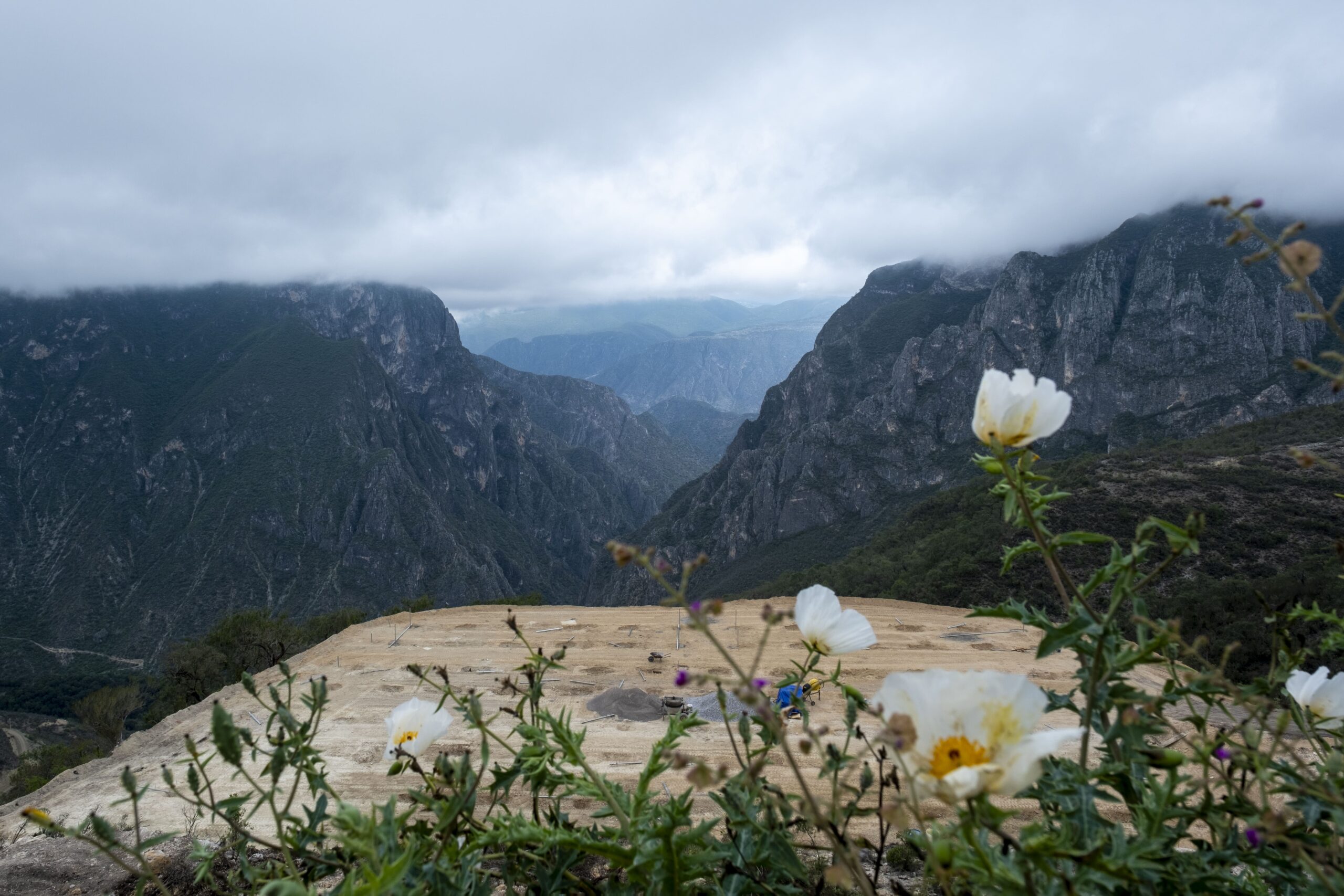
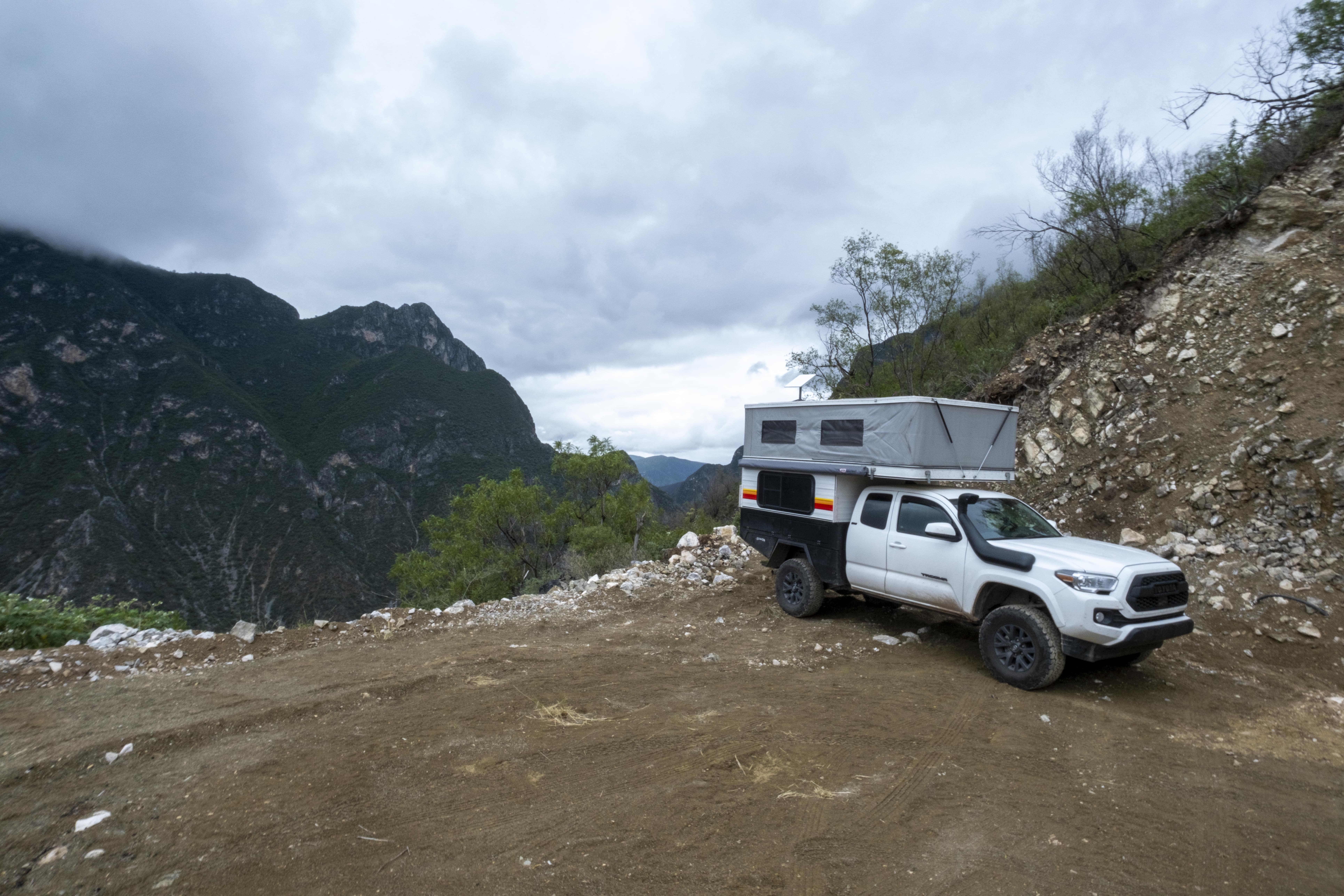
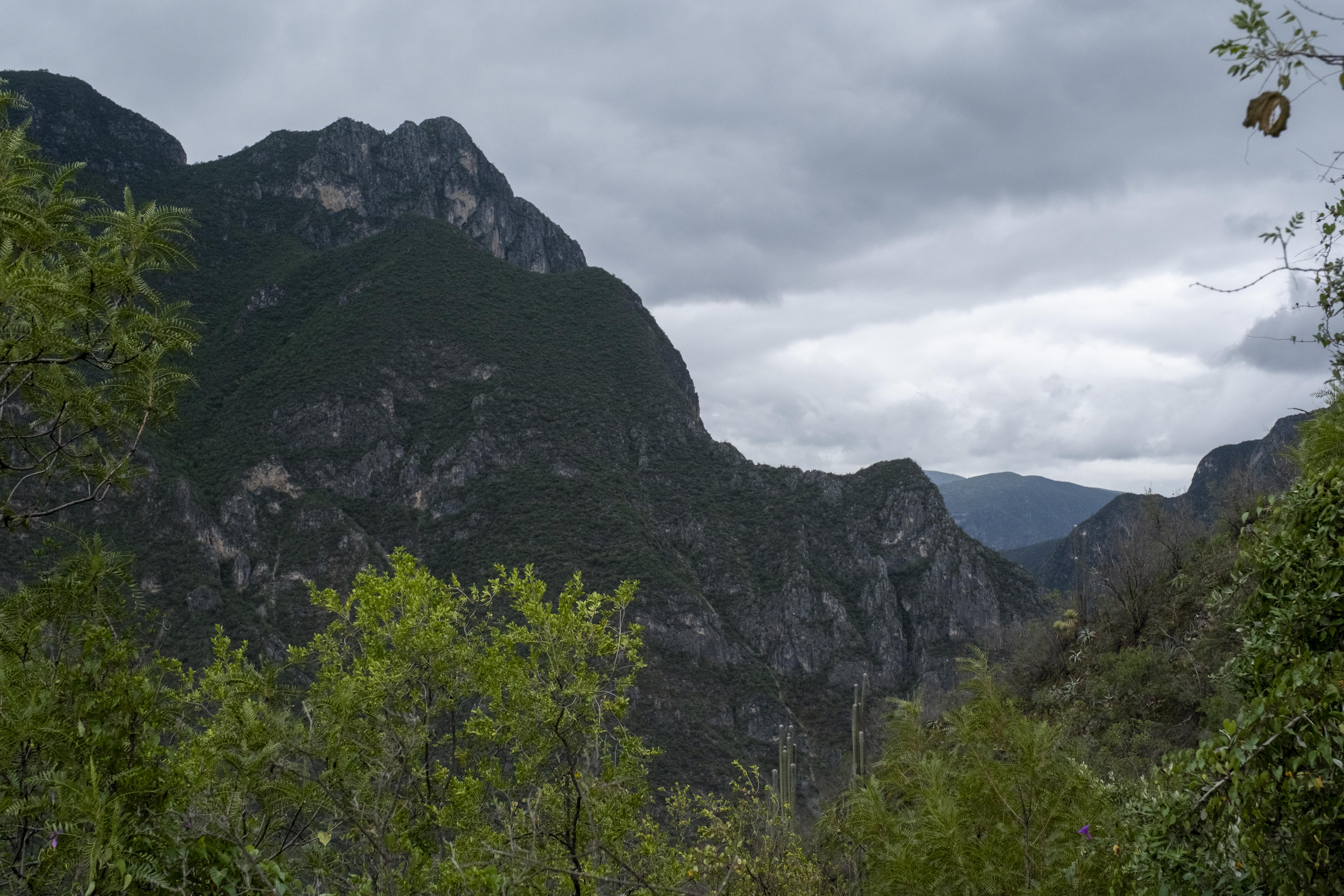
Alright, maybe this is not the absolute best camping spot. However, the drive and the view points are jaw dropping. I don't know about you, but I am a fool for layers and layers of mountains with a never ending horizon. Plus, this camp is just steps away from one of Mexico's most unique experiences.
Punta Allan - Tulum
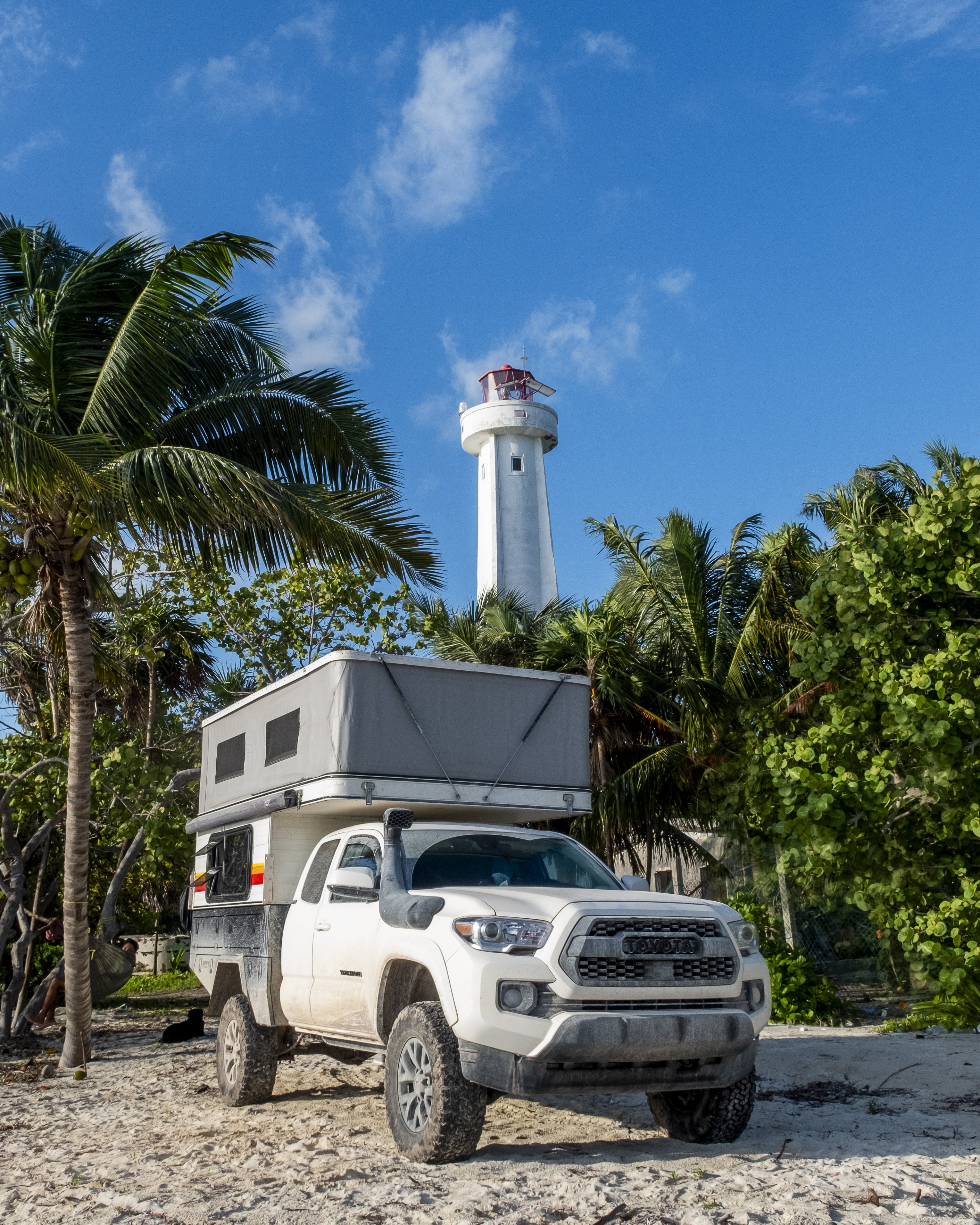
To reach this camping spot you must pay the fee to enter the Sian Ka'an Biosphere Reserve. Translated from Mayan means, "Origin of the Sky" or "Where the Sky is Born".
Even if you do not have time to camp, Sian Ka'an is a must see. Between the flora and fauna, this area is rich. the area includes tropical forests, mangroves, marshes, lagoons, the ocean, underground rivers, cenotes, and the mesoamerican reef. Which is the second largest reef in the world.
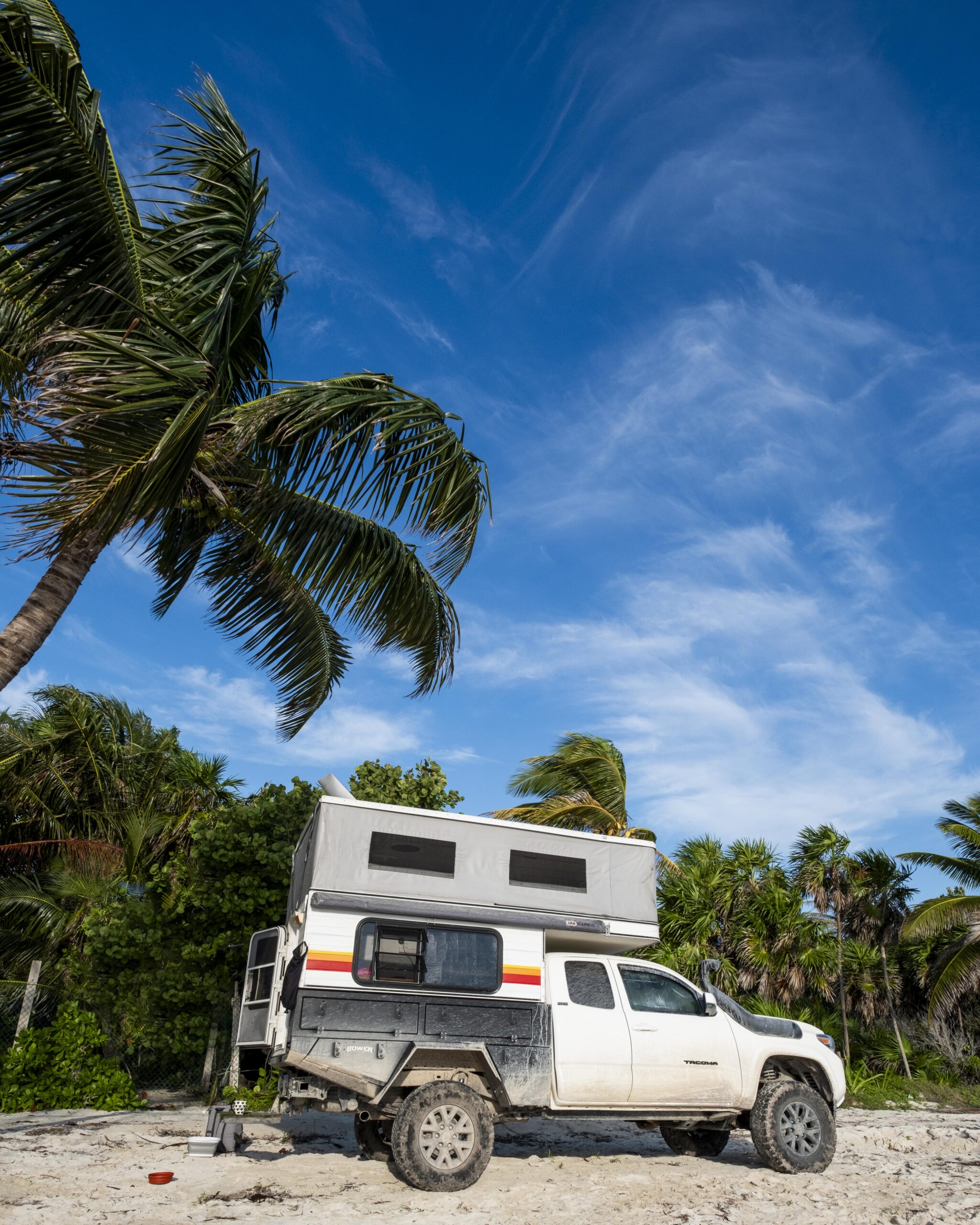

With such diversity, it creates homes for over a thousand species. From birds to jaguars, pumas, tapis, and manatees. And, of course, reptiles, bees, butterflies, turtles, dolphins, and more.
From the entrance to the lighthouse is roughly 50km with a few places to stop along the way. At the very end of the Boca Paila Peninsula you will find a lighthouse and that is camp for the night.
A fun game to play, for every rental car you see, that is one deposit lost. All rental cars in the Yucatan have GPS trackers and all renters are advised if they enter Sian Ka'an they will lose their deposit. The road is not maintained the best, however 4WD is not required.
Unique Experiences

Tequila Tasting and Camp
Camp at a Tequila farm and get a complimentary tour from the Mayor of Tequila, Mexico. The camp is secure and it does include a tour of the tequila farm, a tequila tasting. There are also (cold) showers, bathrooms, two lovely pools. If you need, there is fast wifi, electricity, and laundry available. Perfect for overlanders to have a rest, pet friendly. Heaps of room for tents as well.
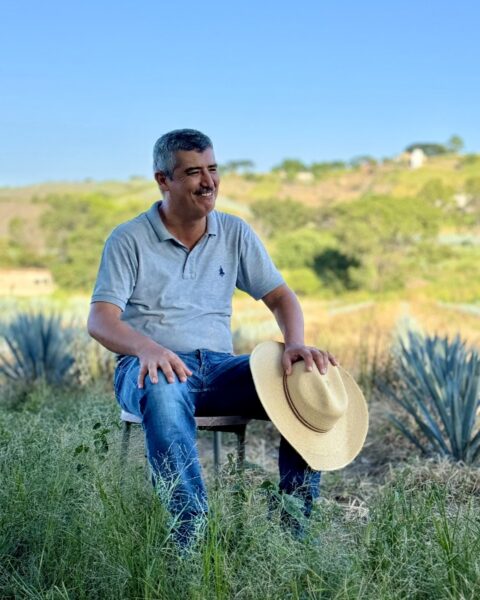
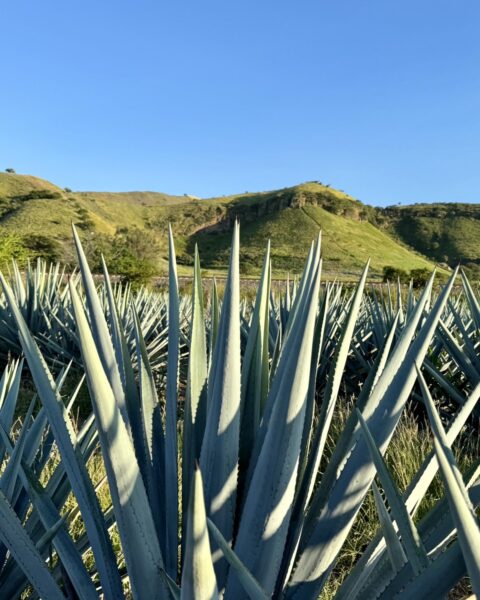
20.86990, -103.82726
From iOverlander: If you are looking for a place to get a super nice Tequila tour (400 Pesos per person) in a family-owned business, including Tequila tasting and a place to stay overnight, you are perfect right here! José takes you to his agave fields and explains everything you want to know about Tequila. He also offers a safe place to camp overnight with pool, bathrooms and showers. He has space for 5 campers, tenting also possible. There is a washing machine. He also rents cabanas. Let him know in advance if you want to come via WhatsApp: +52 33 1264 7883
Grutas Tolantongo
Grutas Tolantongo is located in the state of Hidalgo, Mexico. Today, visitors can immerse themselves is a breathtaking pools. The stunning pools are filled with unreal blue water that is sourced from the natural hot springs. Further down the road you will find a river settled in the valley surrounded by giant, lush, volcanic mountains. If you're feeling extra adventurous you can go to the end of the trail and gaze at the marvelous waterfalls. Take a deep breath and enter the cave for a surprisingly relaxing massage from the falling water.
Nestled within a remote canyon in the Mezquital Valley, visitors are captivated by the unique formations, cascading waterfalls, and lush greenery that create a serene oasis in the heart of the mountains.
Whether seeking a tranquil retreat or a memorable experience that blends natural splendor and therapeutic relaxation in a setting of unparalleled beauty.
The stunning pools are man made, however, the water that fills them up comes from natural hot springs
The water is a beautiful bright blue. It is naturally this color.
With views like this it’s no wonder I’m turning into a lover of the mountains. Save these tips to make your visit perfect and full of magic ✨ To discover all the details on how to get the pools to yourself, click here.
A Yellow Town - Izamal
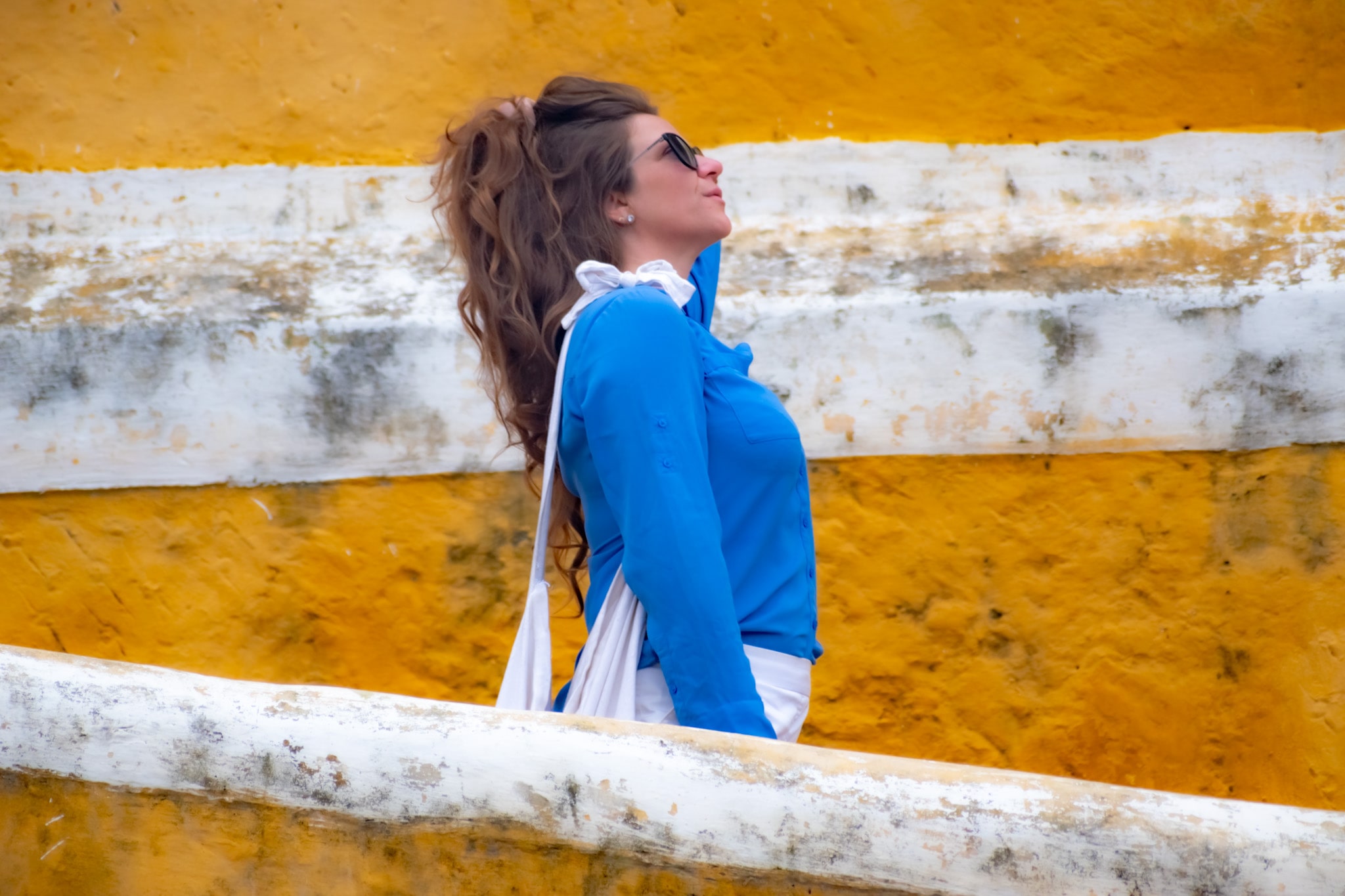
The iconic yellow city located in the Yucatan peninsula. Why yellow? There are many different theories, however the most popular theory is this: Back in 1992, the town had a visitor: Pope John Paul II. At that time, yellow was chosen as a symbol of the Vatican.
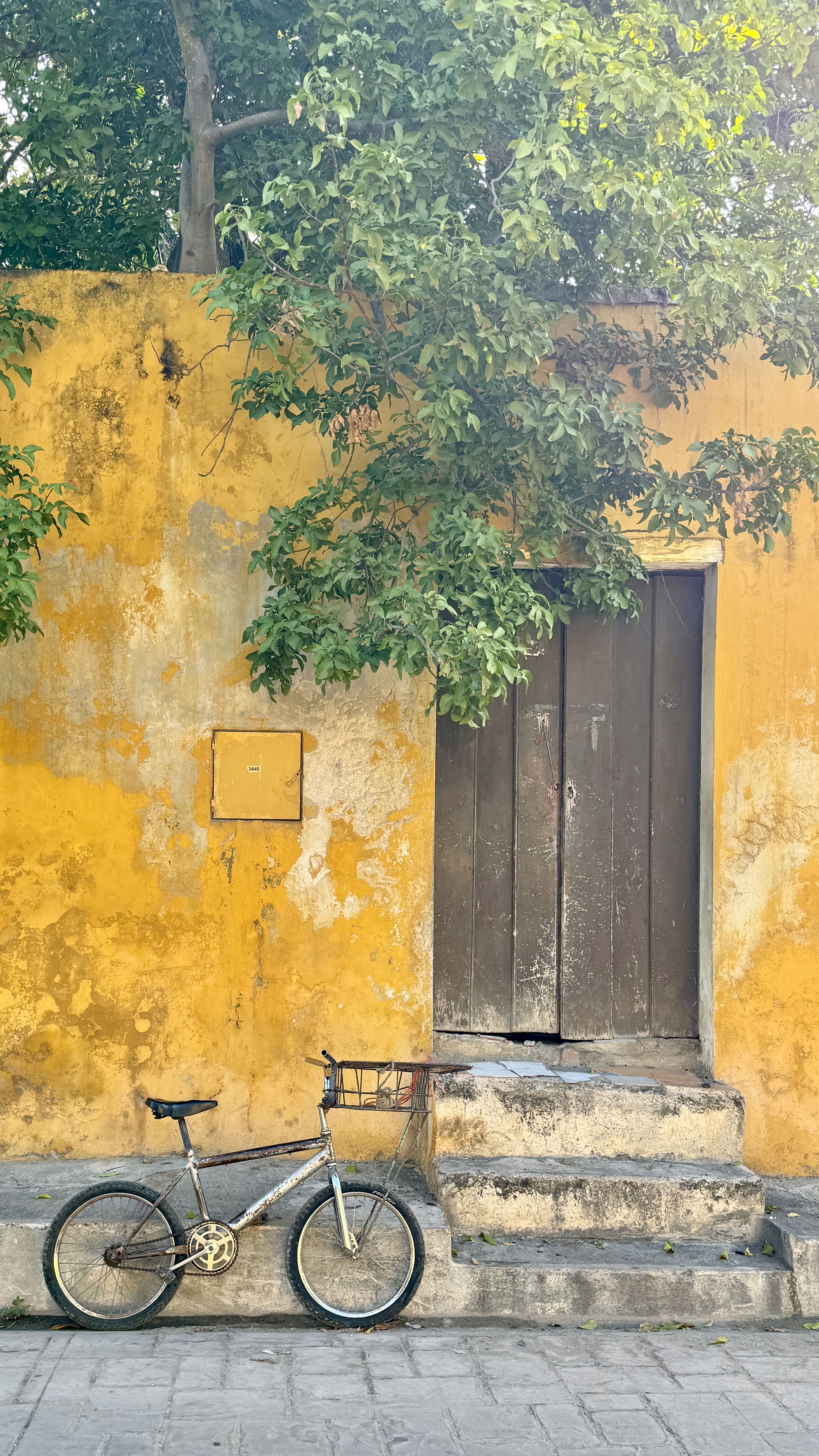
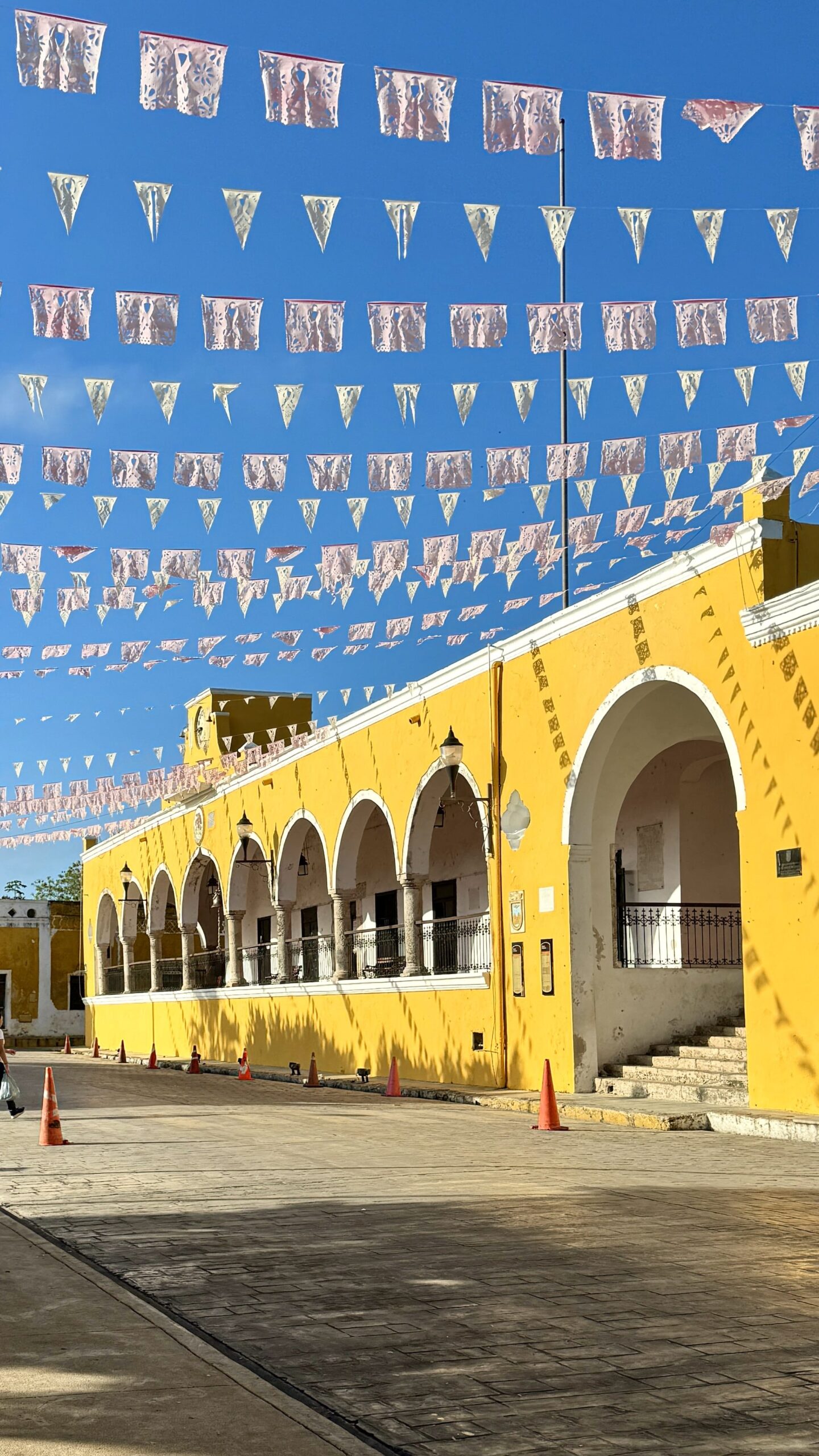
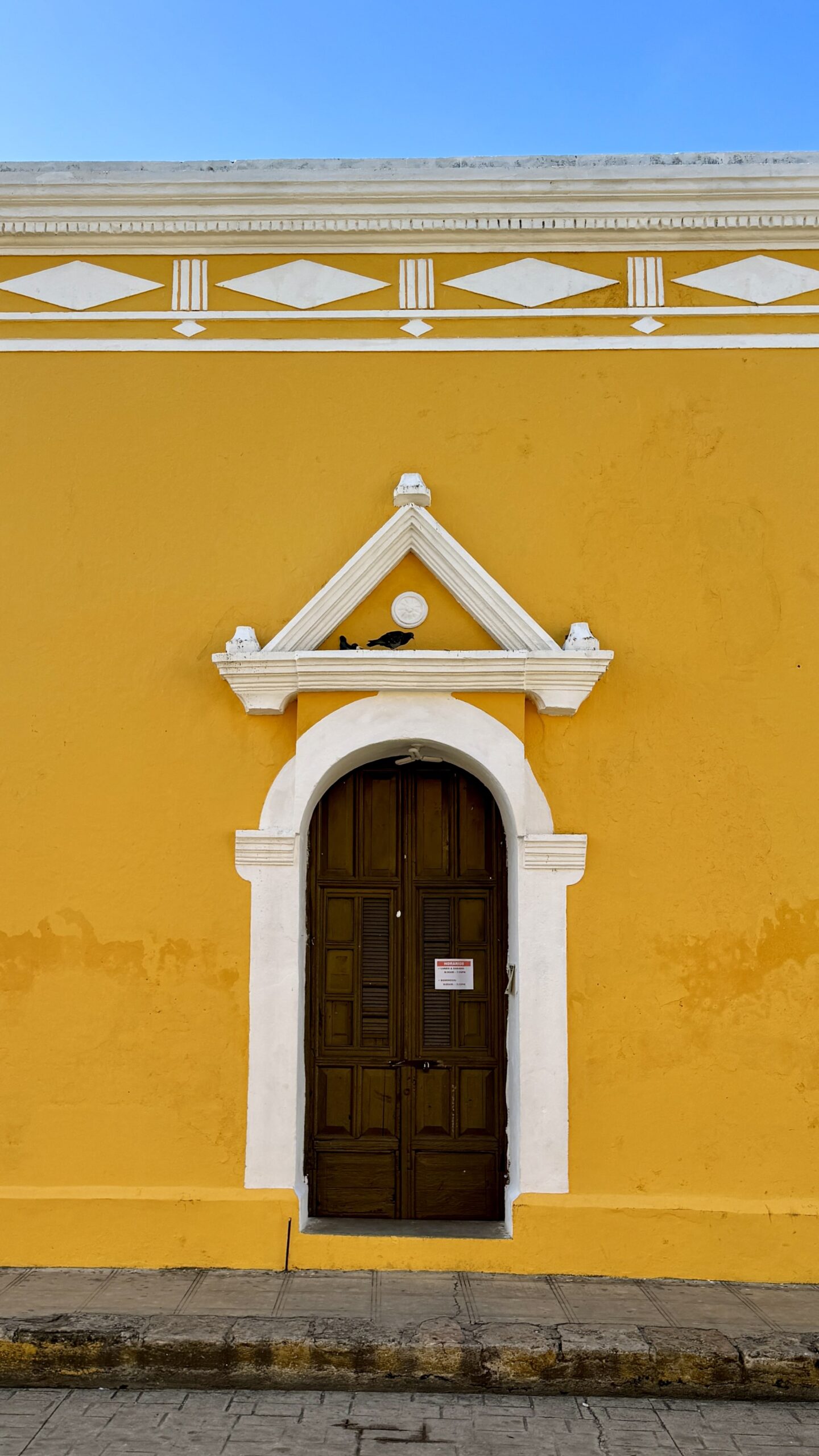
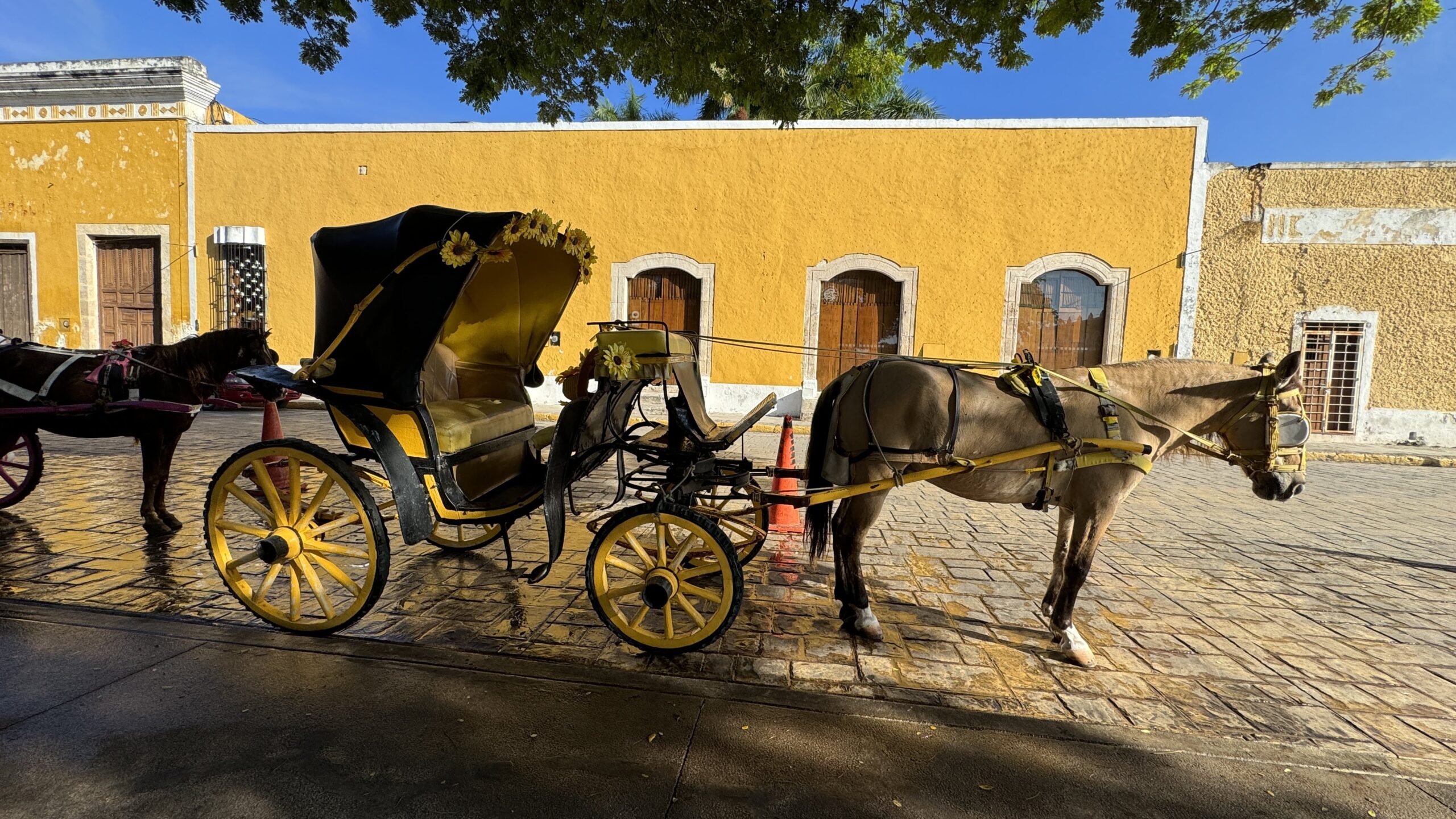
Eat With A Netlix Chef
With over 2,000 kinds of tacos in Mexico, there is one that brings famous chefs from all over the world to the Yucatan. Fortunate to get a last minute booking for the culinary experience with Rosalia Chay Chuc, I am happy to share it with you today.
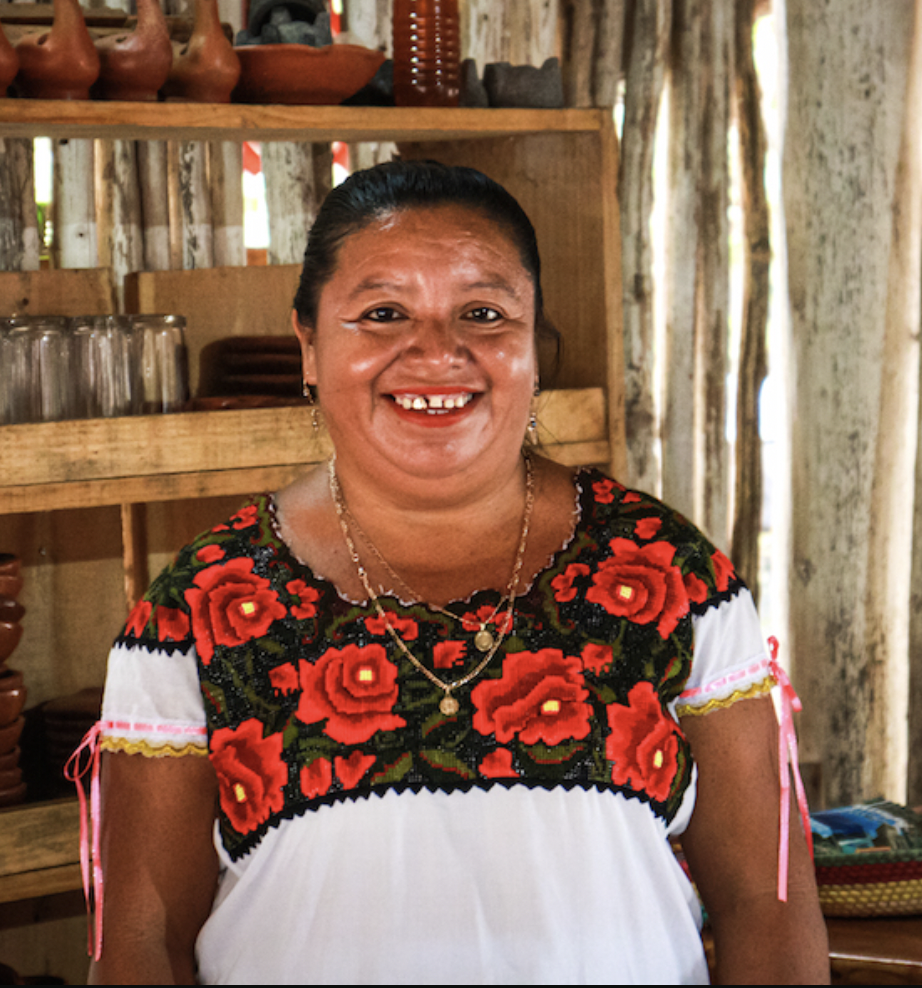
Rosalia is one of the few remaining Mayans who cooks Cochinita Pibil the traditional way.
Rosalia Chay Chuc was “discovered” when celebrity Iron chef Roberto Solis chef was once again exploring Mexico searching for new flavors, spices, and herbs when he stumbled upon a woman who prepares this traditional meal. He was blown away by the flavors and this moment quickly turned into featuring Rosalia and her cooking on Netflix.
What is Cochinita Pibil? Cochinita (piglet) Pib (ground oven it is slow cooked pork.
How is it prepared? The pork is prepared with herbs and spices and then cooked underground, in a 'pib' for several hours.
How and where can you eat this traditional meal? This BBQ and Cochinita Pibil experience is hosted every Friday, Saturday and Sunday at the home of Chef Rosalia Chay. The experience is offered at 11 am and 2 pm.
How to book: You can book online here.
This is truly an experience like no other. Besides the excellent meal (and that's coming from a vegetarian) you have the opportunity to learn about the history, the importance of the corn, which they grown themselves, and the other ingredients. In addition to all that, there will be a lot of fun an excitement as you learn how to make tortillas and then make your very own. After you finish this once in a lifetime culinary experience, it might be a great idea to drive 20 minutes to one of the 7 wonders of the world:
Chichén Itzá
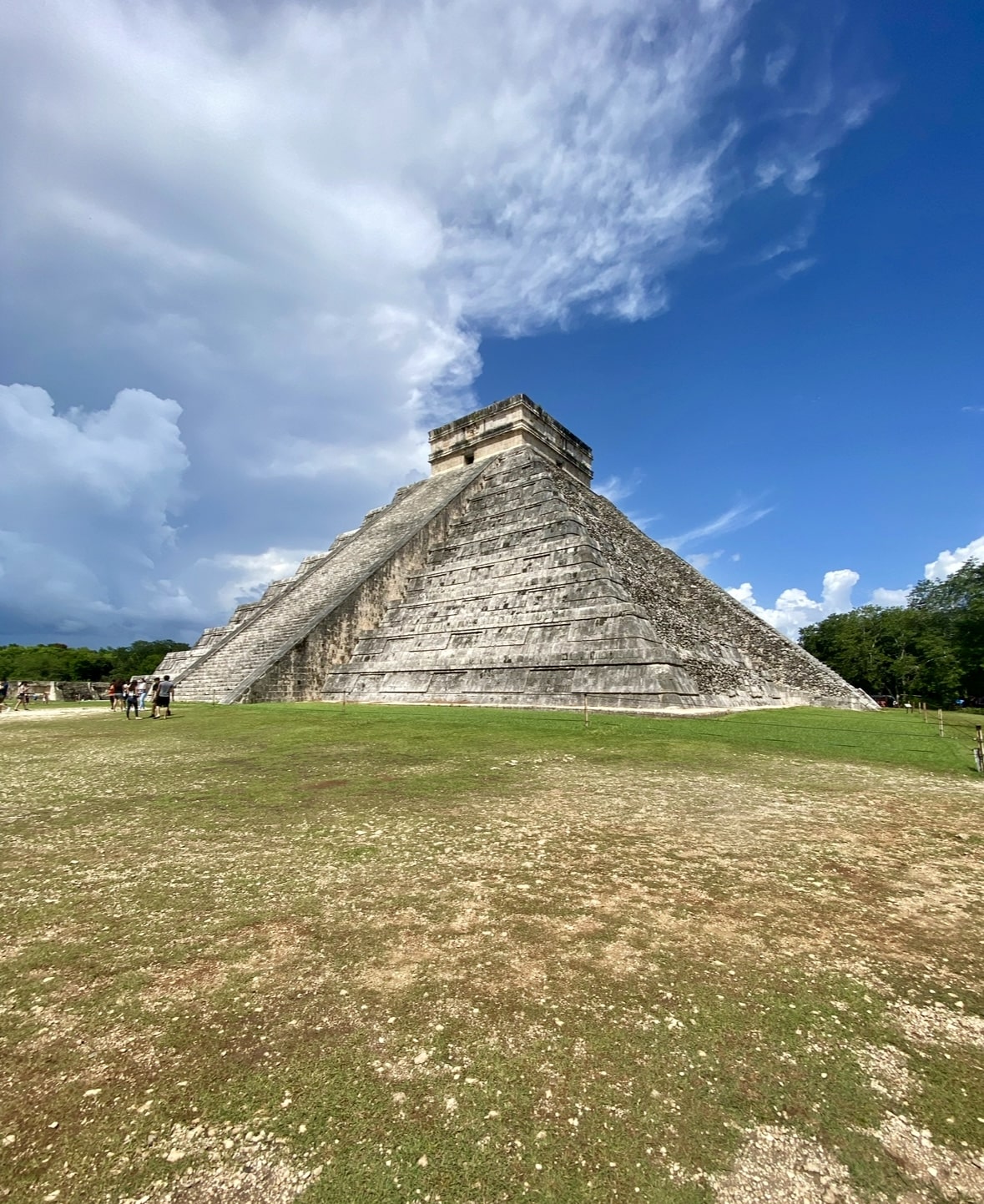
One of the worlds seven wonders: Chichén Itzá is located in Yucatán Peninsula in Mexico. Overflowing with rich history and a influential Maya city. Displaying a blend of Maya and Toltec cultures, laced with remarkable architecture, advanced knowledge from the past, and religious importance.
Key features of Chichen Itza include the iconic El Castillo pyramid (Temple of Kukulcan), the Great Ball Court, the Temple of the Warriors, the Observatory (El Caracol), and the Sacred Cenote. Each of these structures offers unique insights into the cultural, architectural, and astronomical achievements of the ancient Maya civilization.
Entrance fee: Mexican citizens and residents, the cost is around 80 pesos. Foreigners, around 480 pesos. No tripods, selfie sticks, professional camera equipment, drone, pets, water bottles, food, and more.
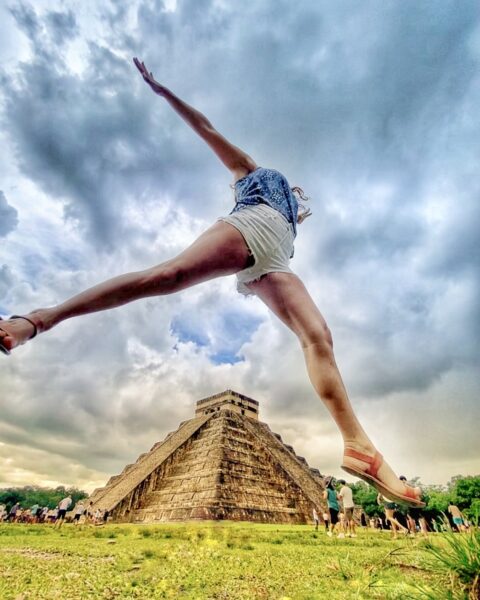
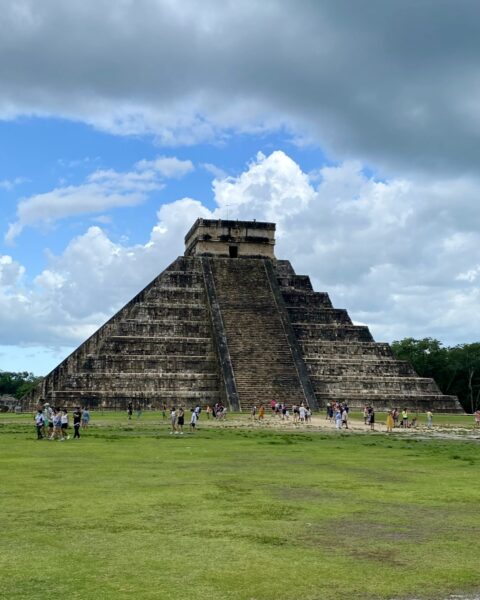
Click here to learn more about all the unique experiences
Copper Canyon
Often compared to the Grand Canyon in the U.S., Copper Canyon is located in the state of Chihuahua. There is a series of six interconnected canyons in the Sierra Madre mountain range. Mind Blowing.
Huasteca Potosina
Sumidero Canyon

Cenotes of Yucatan

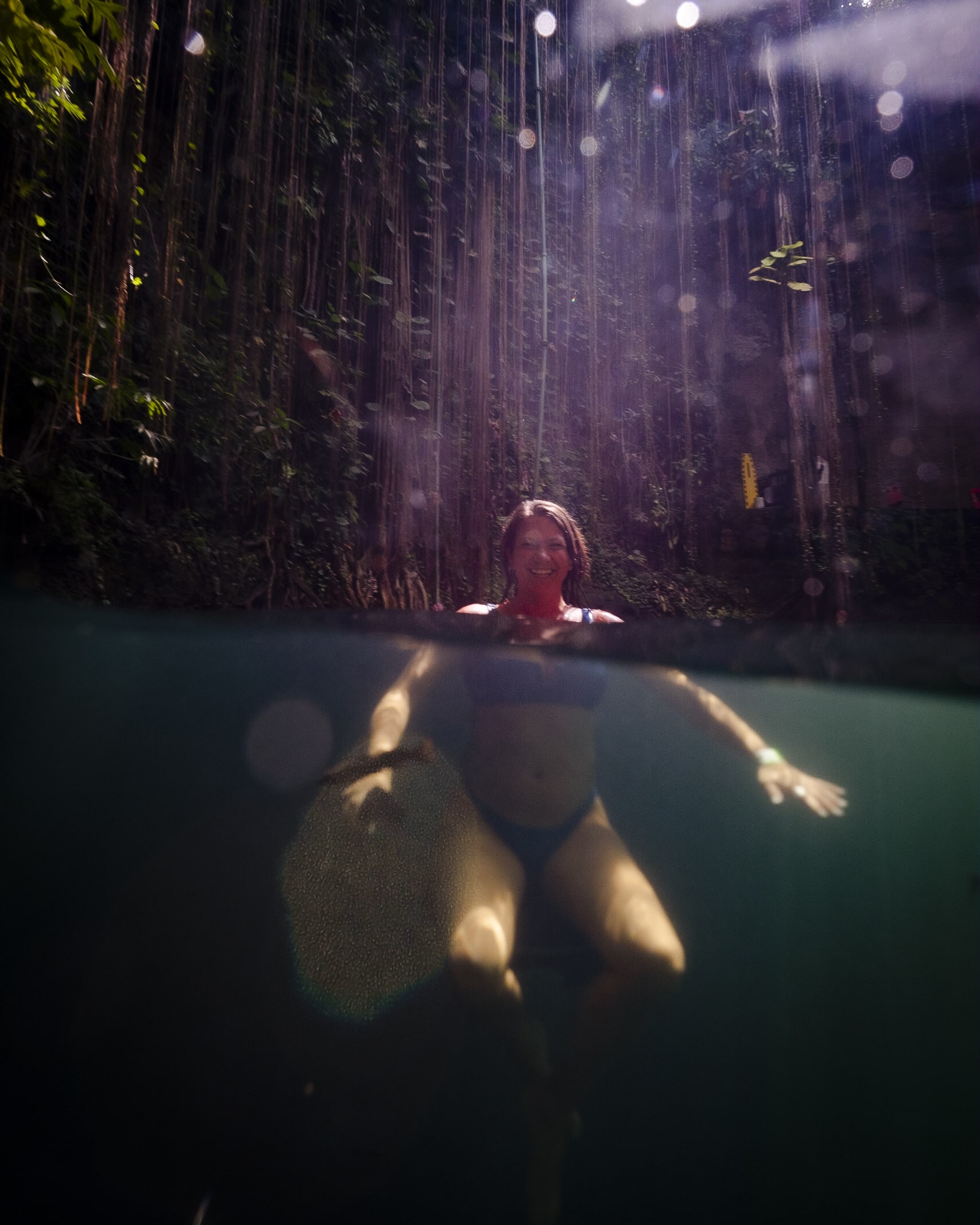
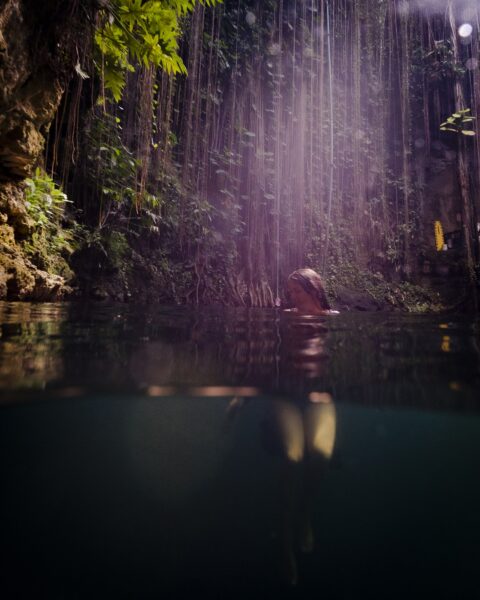
Explore these hidden gems in Mexico and discover a deep appreciation of the country's natural beauty. Whether seeking tranquil landscapes, cultural encounters, or outdoor adventures, Mexico's lesser-known destinations promise unforgettable experiences for those willing to venture off the beaten path.

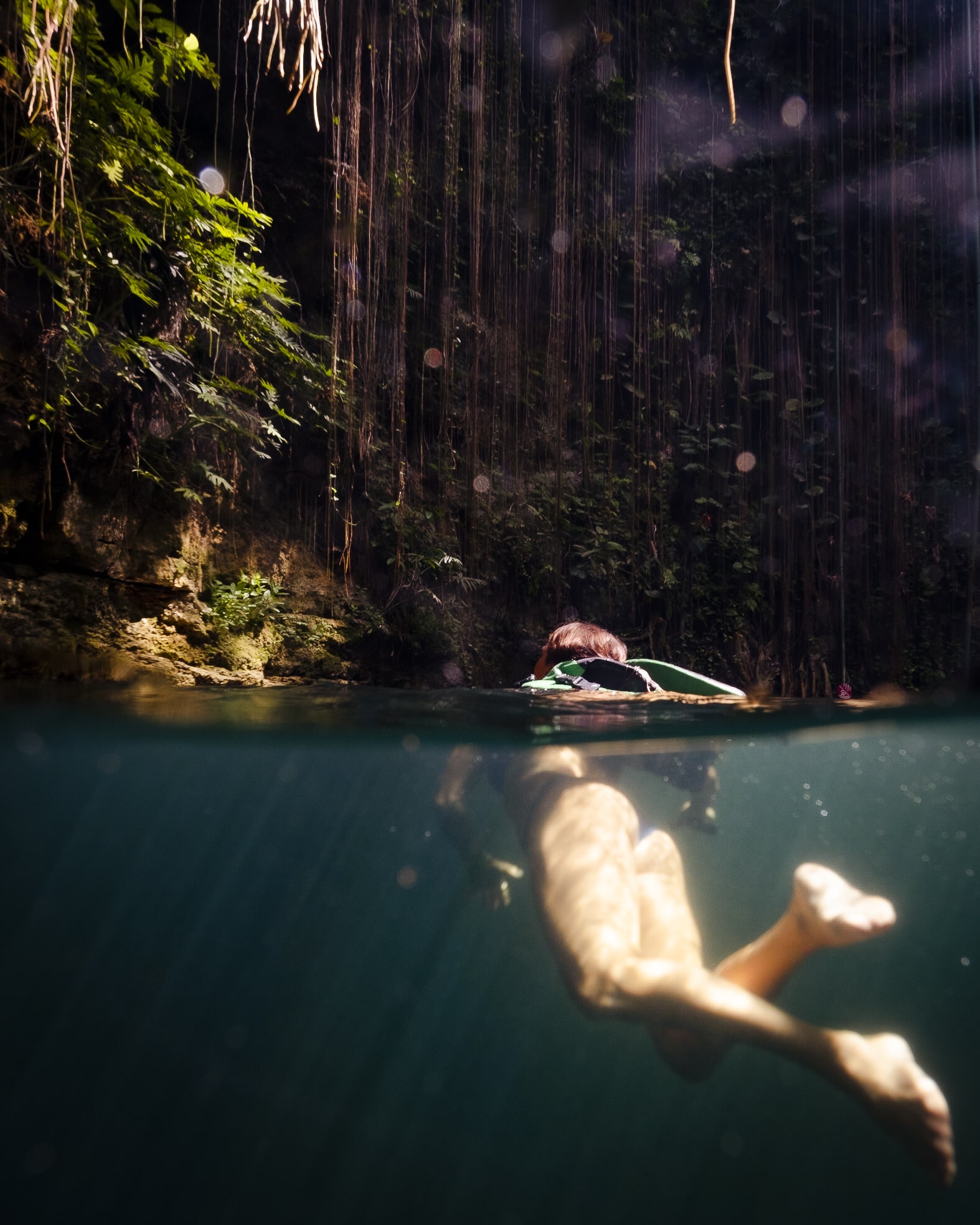
Mexican Food
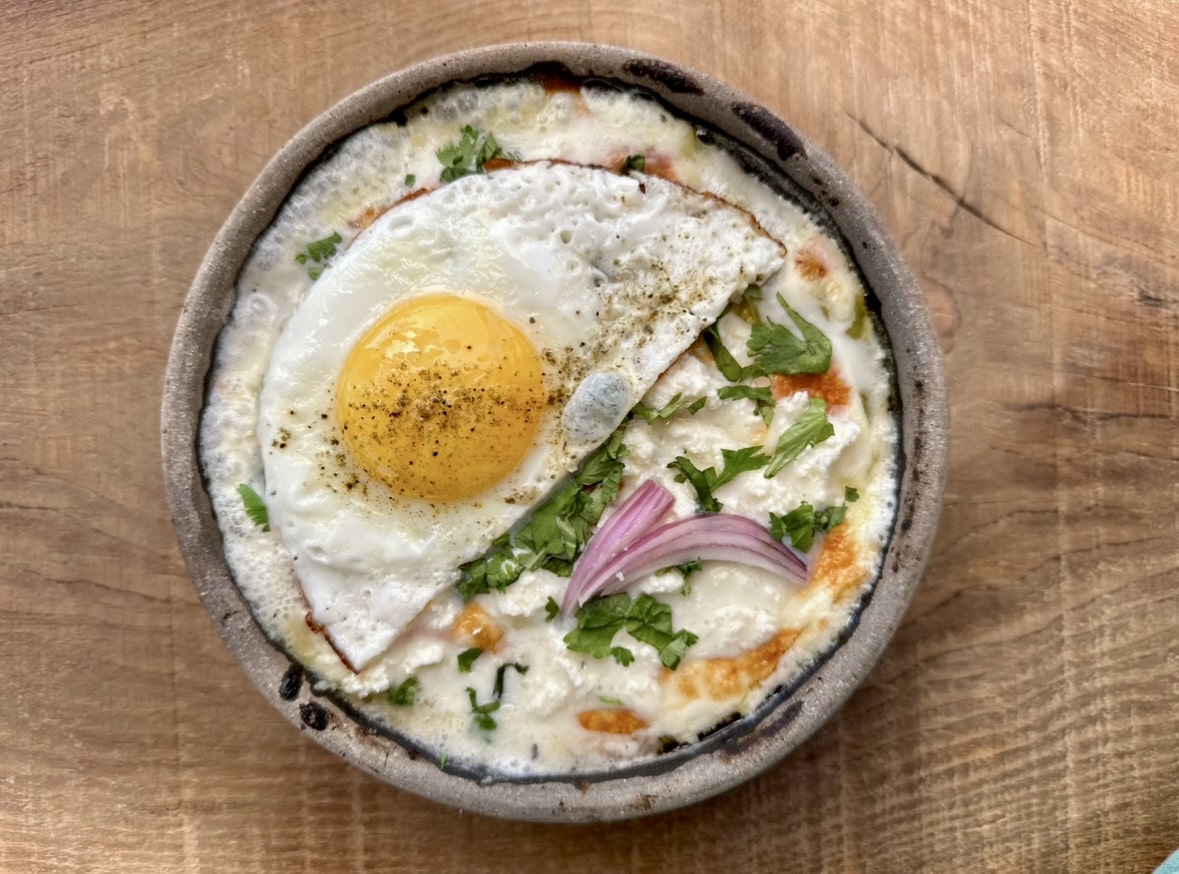
Traditional Mexican cuisine is incredibly diverse and flavorful, with a wide variety of dishes showcasing the country's rich culinary heritage. Let's delve into the ingredients, preparation, and serving styles of some iconic dishes like tacos, tamales, mole, and ceviche.
Tacos
Tacos should be with a corn tortilla. Containing meat (like beef, pork, chicken, or fish), beans, cheese, salsa, guacamole, and toppings like onions, cilantro, and lime. Veg options are easy.
The meats are commonly marinated and grilled, roasted, or simmered until tender and flavorful.
Often served with sides like rice and beans. They are eaten by hand and can be enjoyed as street food or as a main dish at restaurants.
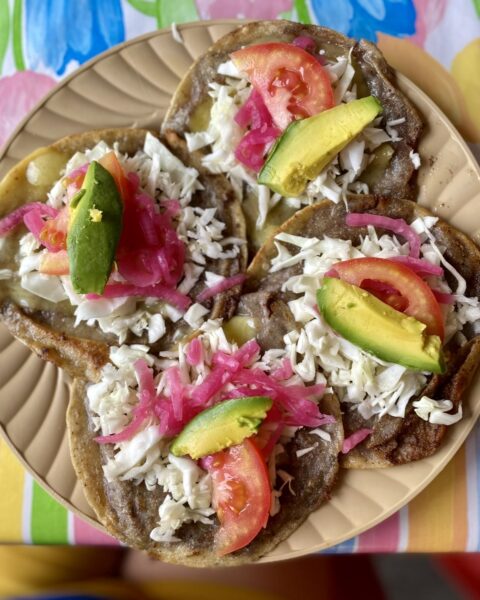
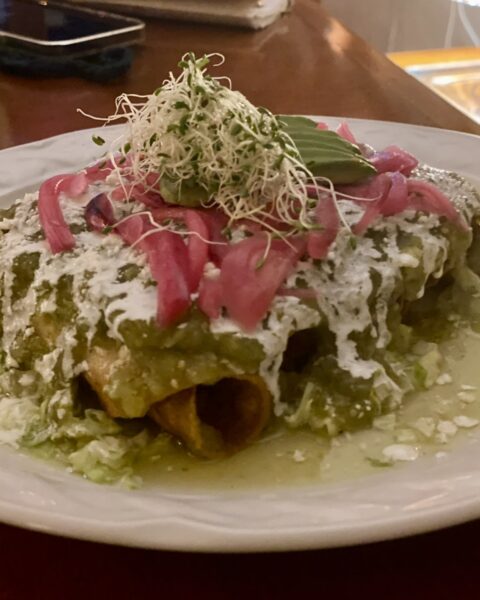
Tamales
Tamales are made of masa (corn dough) filled with meats, cheeses, vegetables, chilies wrapped in corn husks.
Once wrapped in the corn husks they are steamed until cooked.
Tamales are typically served hot with salsa and garnished with queso crema (sour cream) and chopped cilantro.
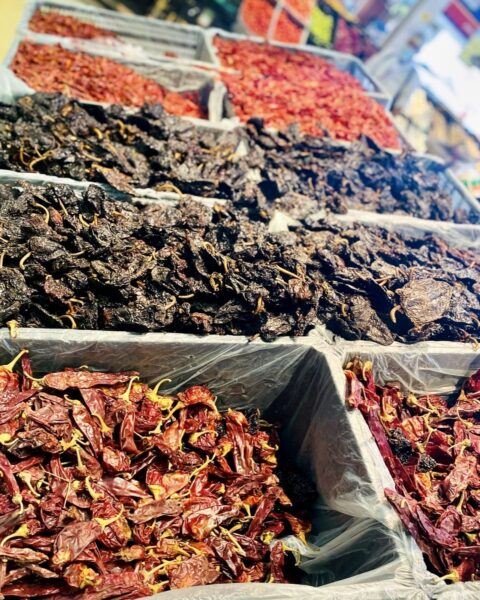
Mole
Traditional mole sauces are complex and time-consuming to make. They require multiple ingredients to be roasted, ground, and simmered together to create a harmonious balance of flavors.
Ingredients can include chili peppers, chocolate, nuts, seeds, spices, and herbs.
Mole is commonly served over chicken, turkey, or enchiladas.
Ceviche
With much of Mexico surrounded by ocean, its no surprise ceviche is on the menu.
A must in Baja.
What is ceviche? Fresh caught raw fish, marinated in lime juice and then mixed with onions, tomatoes, cilantro.
Ceviche is typically served cold as a refreshing appetizer or light meal, often accompanied by tortilla chips or tostadas.

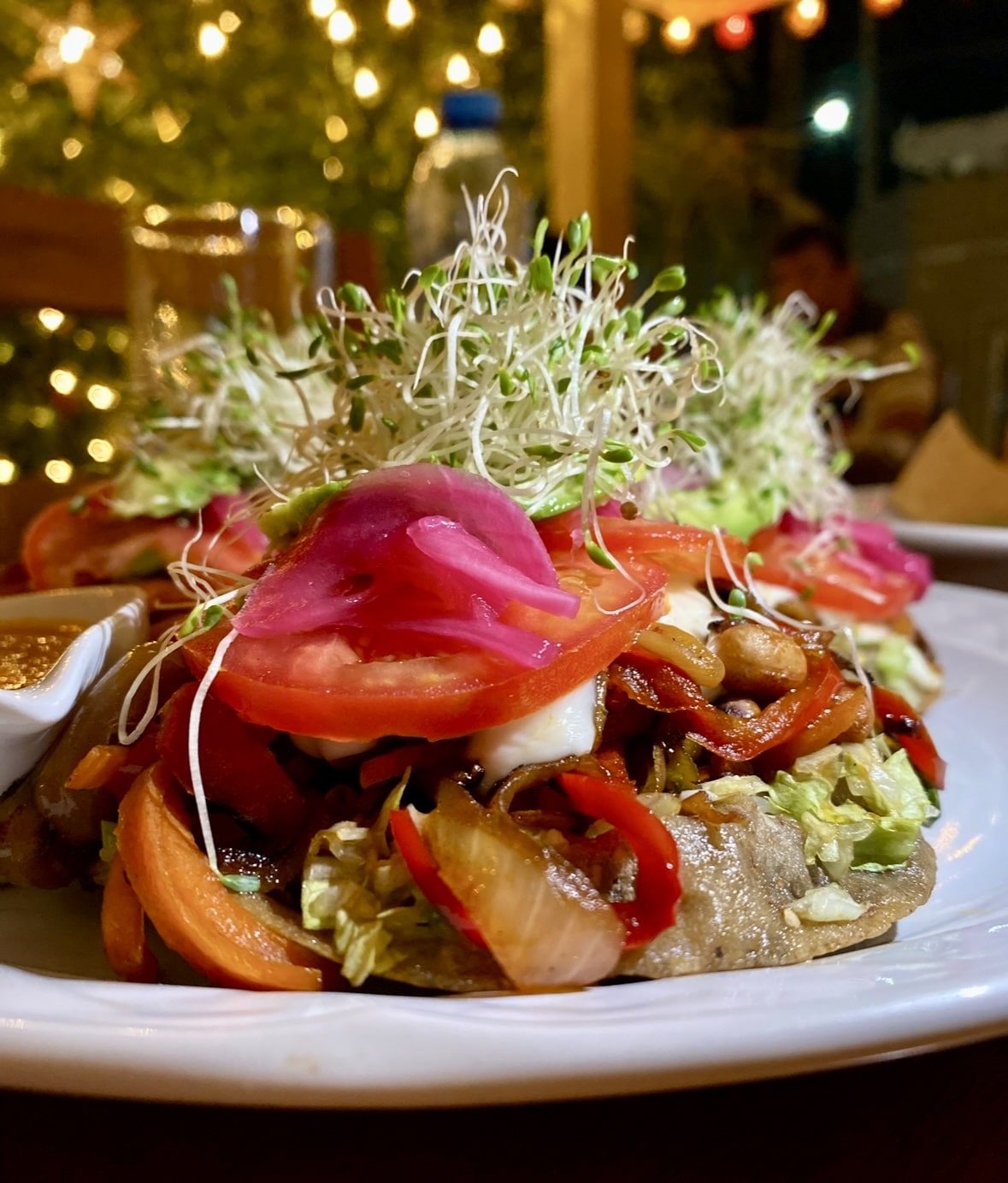
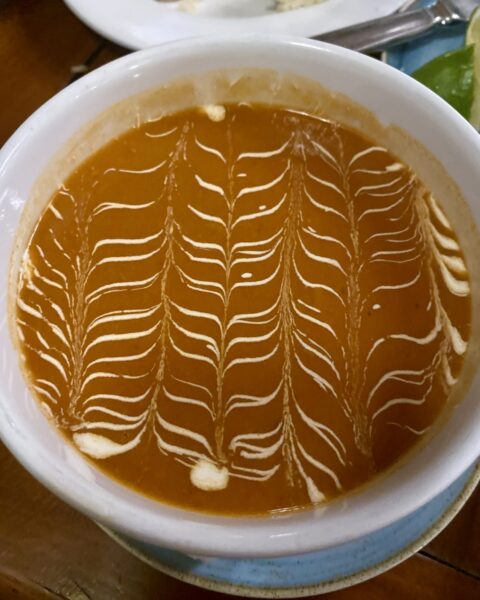
Drinks | Bebidas
Here is a perfect example of why I never make hard plans, especially when overlanding. Long story short, it was too hot to camp on the beach near Puerto Escondido, so I treated myself to a brand new and beautiful Airbnb a little bit up in the mountains.
The airbnb had a black and gold book on the table, a thick book and in landscape format. My brain immediately said pick that up, it has photos in it. I spent the next two nights sitting next to the pool, listening to the sounds of nature while reading that book.

I messaged the author on Instagram, 'hey I found this book in my airbnb and it is just incredible, thank you for creating this. There is a wooden bowl in this book that my friend from Baja gifted me" Thinking nothing of it I went on and shockingly received a message back. Turns out he was a friend of the owner and took photos for the listing. We had a nice chat and I asked where I could buy the book because I just could not put it down. The english version of the book happened to be for sale at a quaint cafe in Oaxaca.
A week later, I drove to Oaxaca to stay with friends for Dia de los Muertos and purchased Shava's book on the way. A few days later my friend from Switzerland, his dog, my dog, and my new friend Shava met in the heart of Oaxaca at La Atoleria try some special drinks.
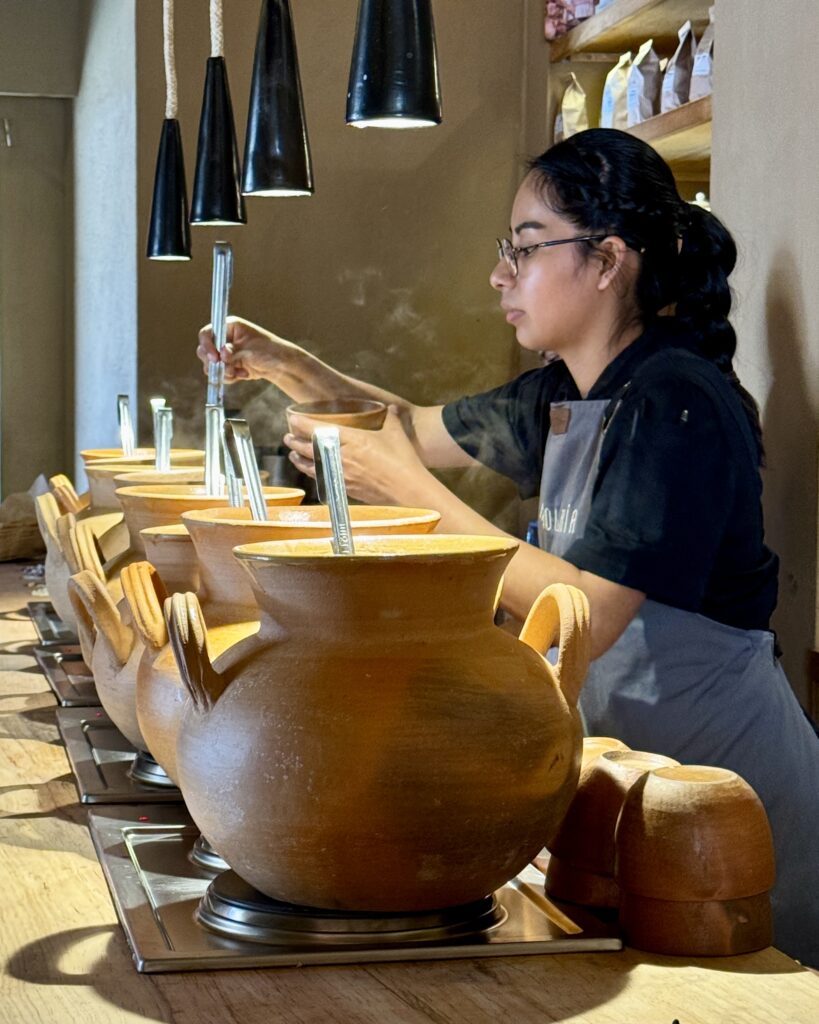
Atole
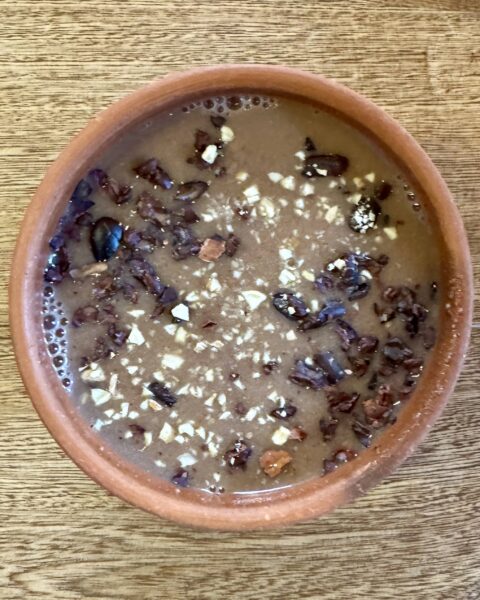

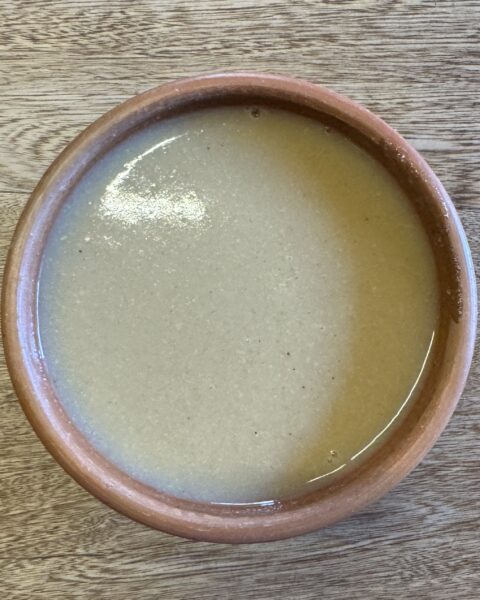
Pictured above are three different types of atole. It is a traditional hot masa (corn) based beverage. There are many different flavors added such as vanilla, cinnamon, guava, chocolate, or coffee. The one photographed in the middle is a special. This took place a few days before dia de los muertos, it is made with cempasúchil otherwise known as the marigold flower.
From there we went to the market, where I had a drink I will never forget and I will always desire.

Tejate
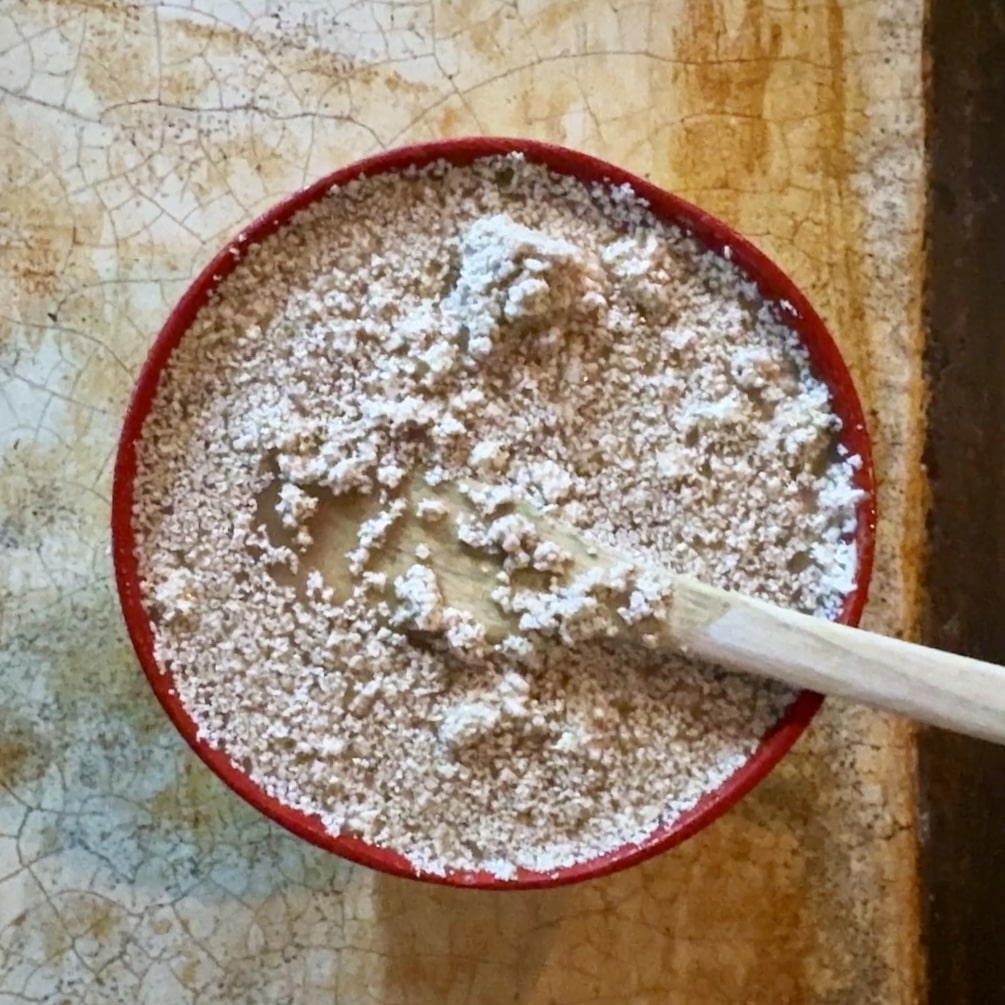
Tejate: a fundamental pre-Hispanic beverage of the Oaxaca Valley. Its ingredients are cocoa, corn, mamey sapote seed, and rosita de cacao—a flower commonly utilized in chocolate seasoning.
Initially distributed to laborers seeking a pick-me-up in the fields, Tejate has transitioned into a daily staple for many Oaxacans.
Served in a hollowed-out jícara (drinking gourd) with a wooden stick to savor the sweet foam. This drink is refreshing, full of life, and flavor. It is easy to drink but hard to make. In one little town about 45 minutes outside of the city, the ingredients are toasted, then ground by hand until a paste forms. That is then combined with water and is hand-whipped for an hour or more until that delicious foam emerges. The end result justifies is a delicate, chocolate-infused concoction with a gentle floral undertone on the palate and a luscious, frothy finish reminiscent of a milkshake.
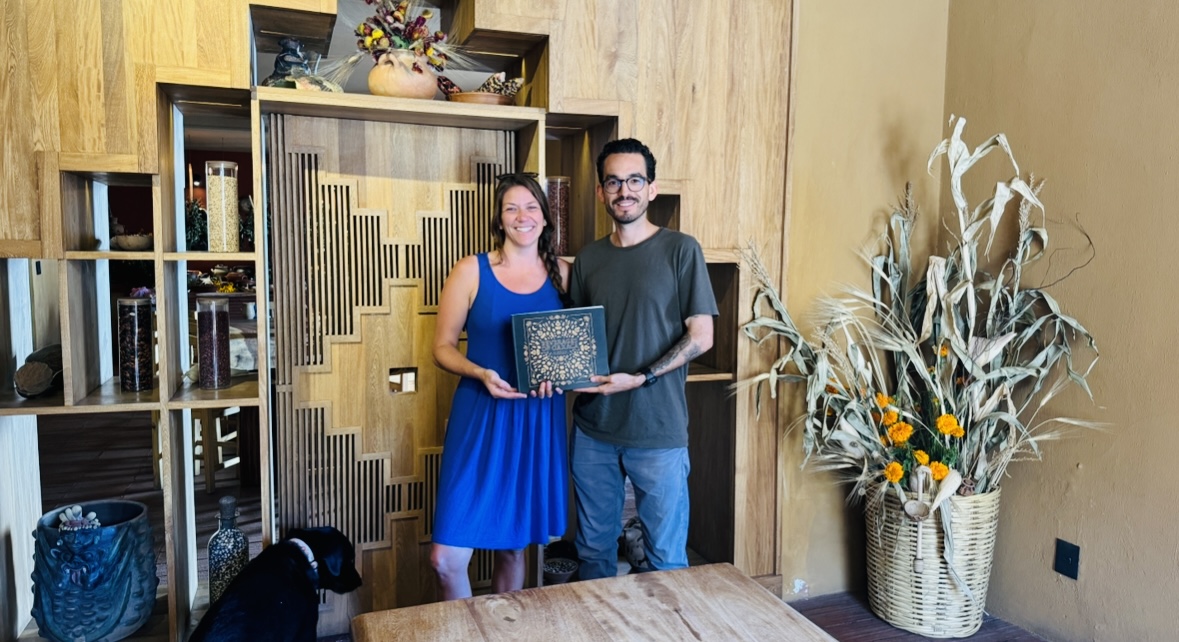
Thank you to my friend for not only creating this incredible book, but being an amazing person. Taking time out of your life to show and share bebidas de Oaxaca with us. Wishing you all the best in life and on your future creations.
I will not be chatty Ashley anymore, if you want to learn more about the drinks of Oaxaca (a state in Mexico) you can purchase the digital version of the book in English or Español
If you speak Spanish I invite you to listen to Bebidas de Mexico with Shava on his Podcast or watch on YouTube
Salud!
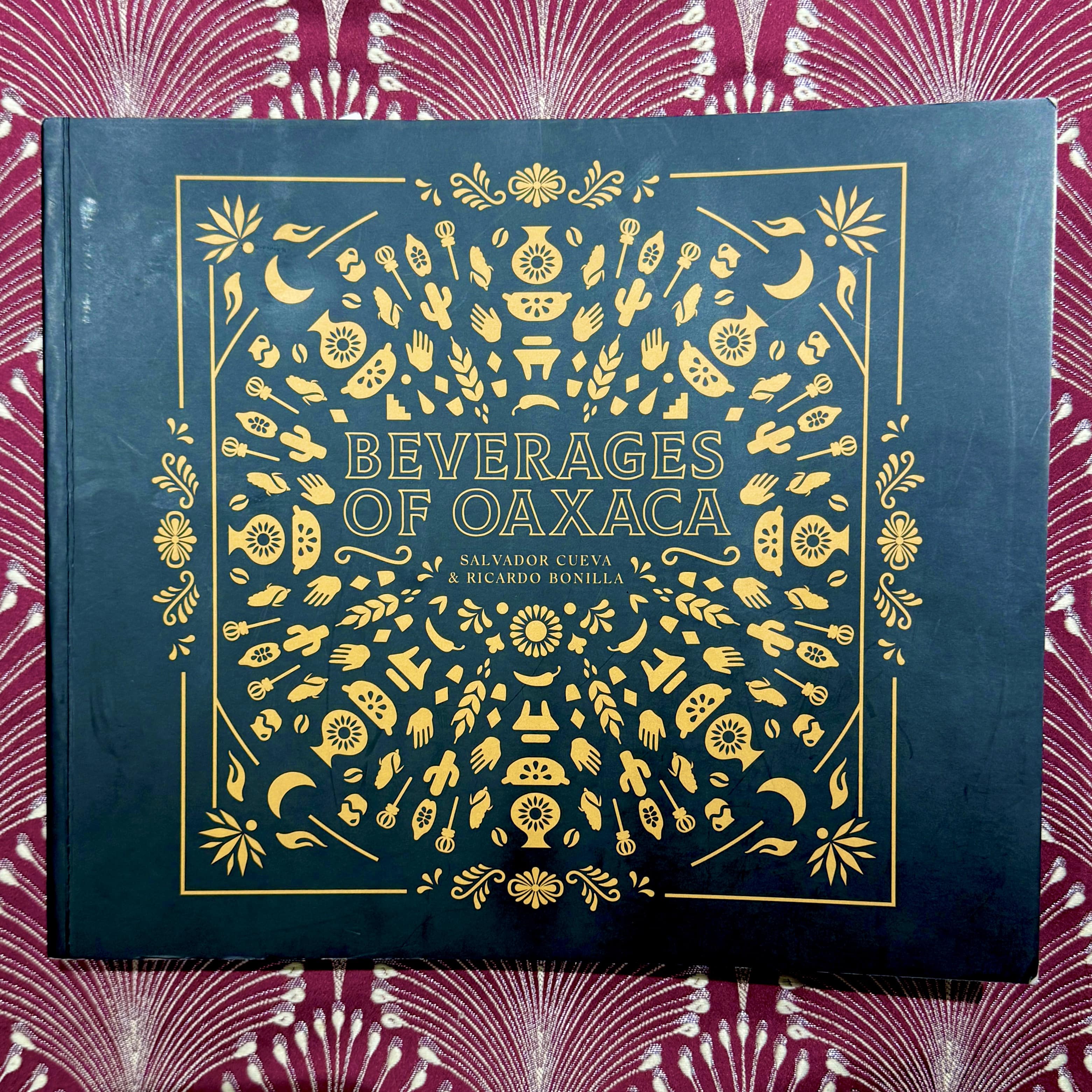
History of Mexican Cuisine
Traditional Mexican dishes not only showcase the diversity of flavors and ingredients used in Mexican cuisine but also reflect the country's cultural heritage and culinary traditions. Each dish offers a unique blend of flavors and textures that are sure to delight food enthusiasts.
Dining etiquette in Mexico is deeply rooted in the country's history, cultural traditions, and social norms. Understanding these customs can enhance your dining experience and show respect for Mexican culture. Let's delve into dining etiquette in Mexico, including historical moments that helped shape these norms, tipping practices, meal times, and polite phrases to use:
-
- Pre-Hispanic Influence: Pre-Hispanic civilizations like the Aztecs and Mayans had advanced agricultural practices and sophisticated culinary traditions. Ingredients such as corn, beans, chili peppers, and chocolate played a vital role in shaping Mexican cuisine.
-
- Colonial Legacy: The Spanish conquest introduced new ingredients, cooking techniques, and dining customs, blending European and indigenous culinary influences. This fusion created the foundation for modern Mexican cuisine.
-
- Independence and Revolution: The struggle for independence and the Mexican Revolution brought about socio-political changes that influenced cultural norms, including communal dining practices, food sharing, and culinary unity as a symbol of national identity.
Dining Etiquette
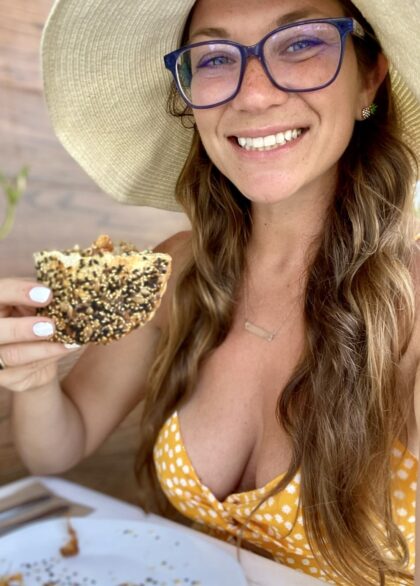
Tipping
- Tipping is customary in Mexico and is often seen as a gesture of appreciation for good service.
- In restaurants, it is common to tip around 10-15% of the total bill, though some establishments may include a service charge.
- Tipping for other services, such as taxis, bellhops, and tour guides, is also appreciated, with amounts varying based on the quality of service.
Polite Phrases
- Buen provecho: This phrase is used to wish someone a good meal or bon appétit before they begin eating.
- Gracias por la comida: Thanking the host or cook for the meal is a common gesture of gratitude.
- Salud: When someone sneezes, it is customary to say "salud" (health) as a polite response.
- Respecting Elders: Showing respect for elders is important in Mexican culture, including waiting for them to begin eating before starting your meal.


Meal Times
-
- Breakfast (Desayuno): Typically served between 7:00 am and 10:00 am, featuring dishes like chilaquiles, huevos rancheros, and tamales.
-
- Lunch (Almuerza): The main meal of the day, traditionally eaten between 2:00 pm and 4:00 pm and is usually multiple courses.
-
- Dinner (Cena): Served between 8:00 pm and 10:00 pm, with lighter fare like soups, tacos, or tamales.
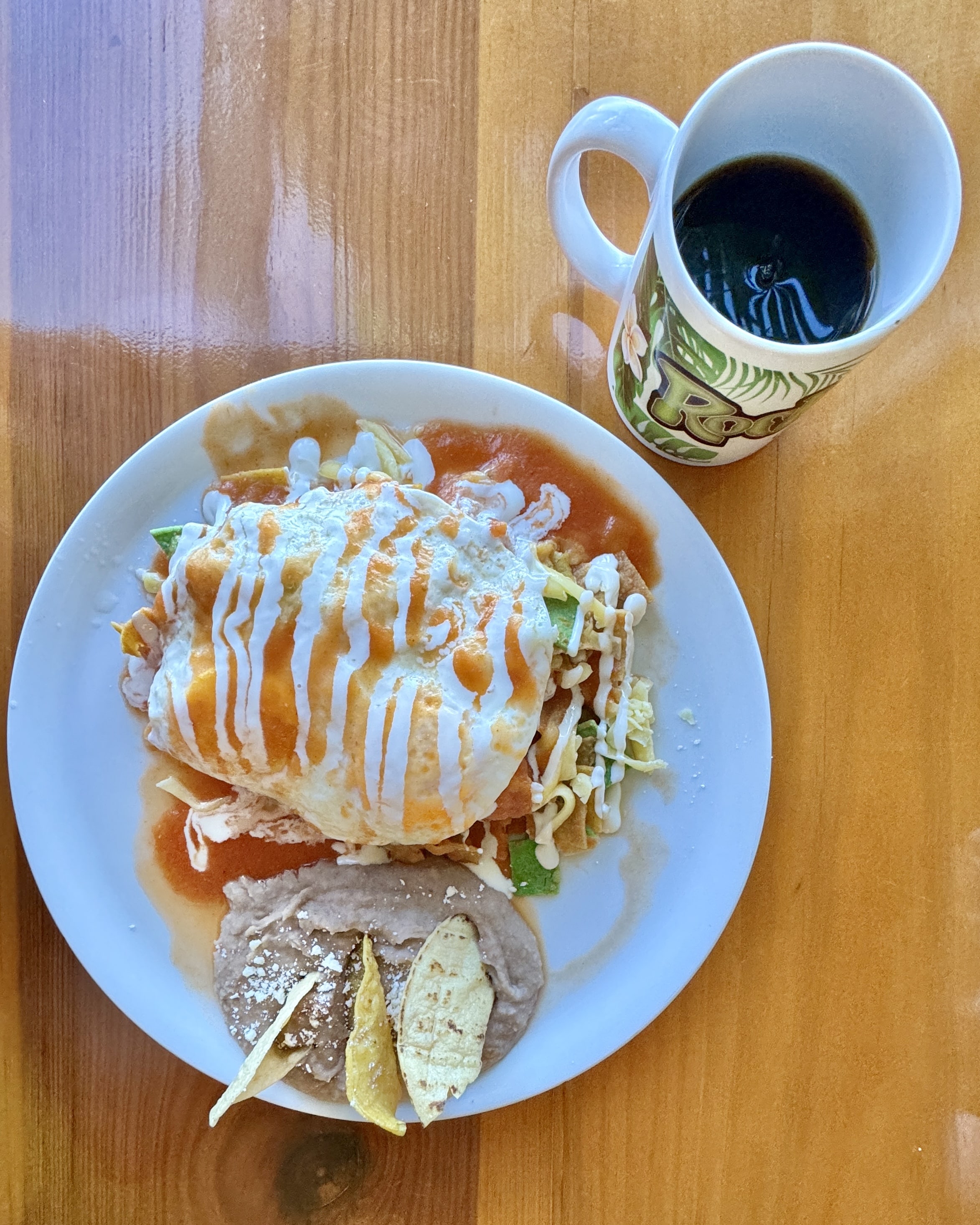
By understanding and respecting these dining etiquettes in Mexico, you can enhance your cultural immersion and appreciation for the country's culinary traditions. Whether dining at a local eatery or sharing a meal with Mexican friends, embracing these customs can enrich your overall travel experience.
Culture and Celebrations
In Mexico, greetings are common no matter the relationship "Buenos días" (good morning), "Buenas tardes" (good afternoon), or "Buenas noches" (good evening). Address elders with respect using "señor" or "señora." It's common to greet friends, family, and acquaintances with a hug.
Family plays a central role in Mexican culture, with strong bonds among extended family members. Respect for elders, close-knit family gatherings, and celebrating milestones together are significant aspects of Mexican family values.
Mexican culture is rich in festive traditions. The most popular celebrations are Dia de los Muertos (Day of the Dead), Cinco de Mayo, Independence Day (September 16), and religious holidays like Christmas and Semana Santa (Easter).
Dia de los Muertos
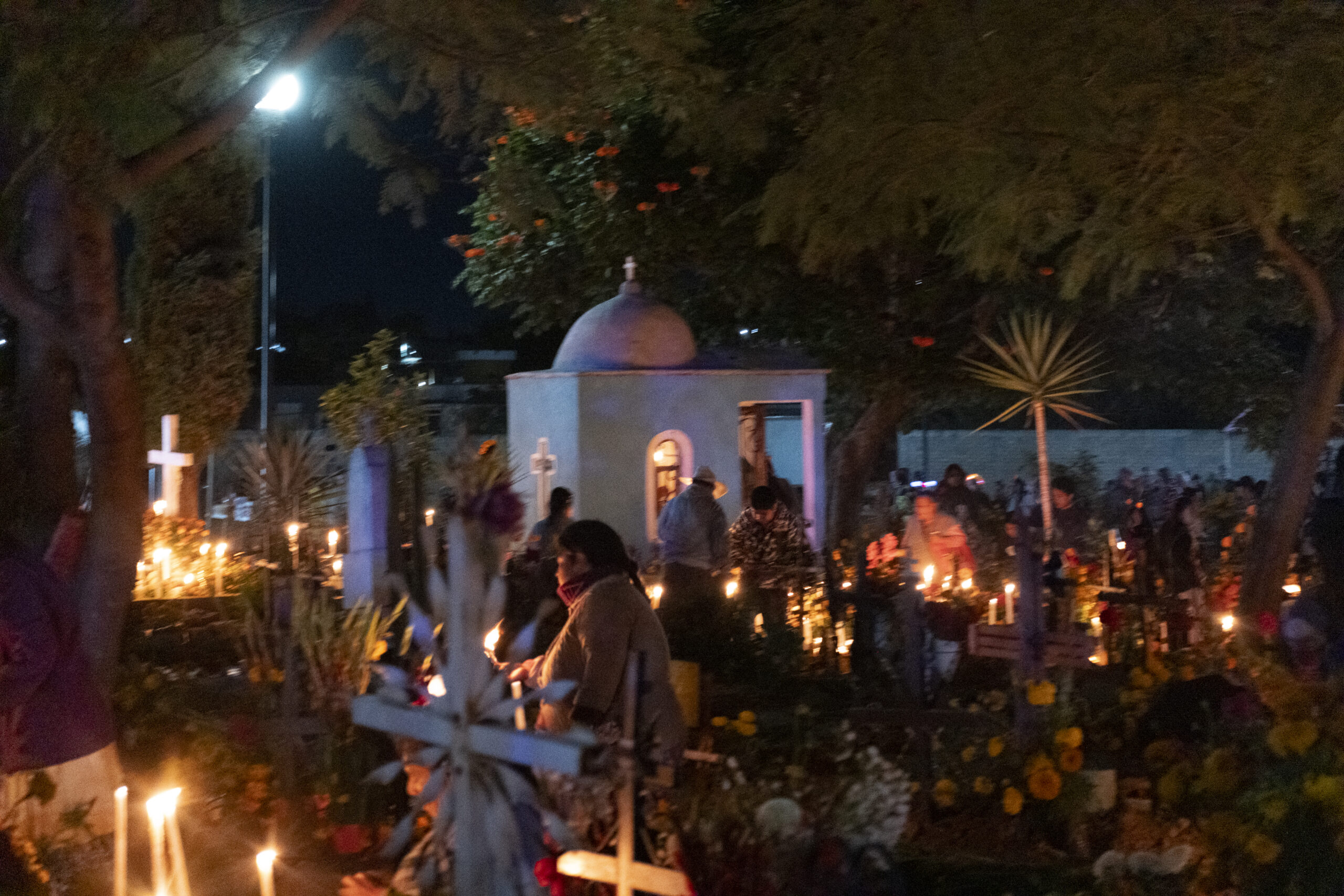
During Dia de los Muertos, the barrier between the living and the deceased is believed to thin, allowing spirits to return and reunite with their families for a brief period. The lively celebrations, intricate altars, and heartfelt tributes during this sacred holiday reflect Mexican traditions of honoring the cycle of life and death with joy, love, and remembrance.
It is not Halloween.
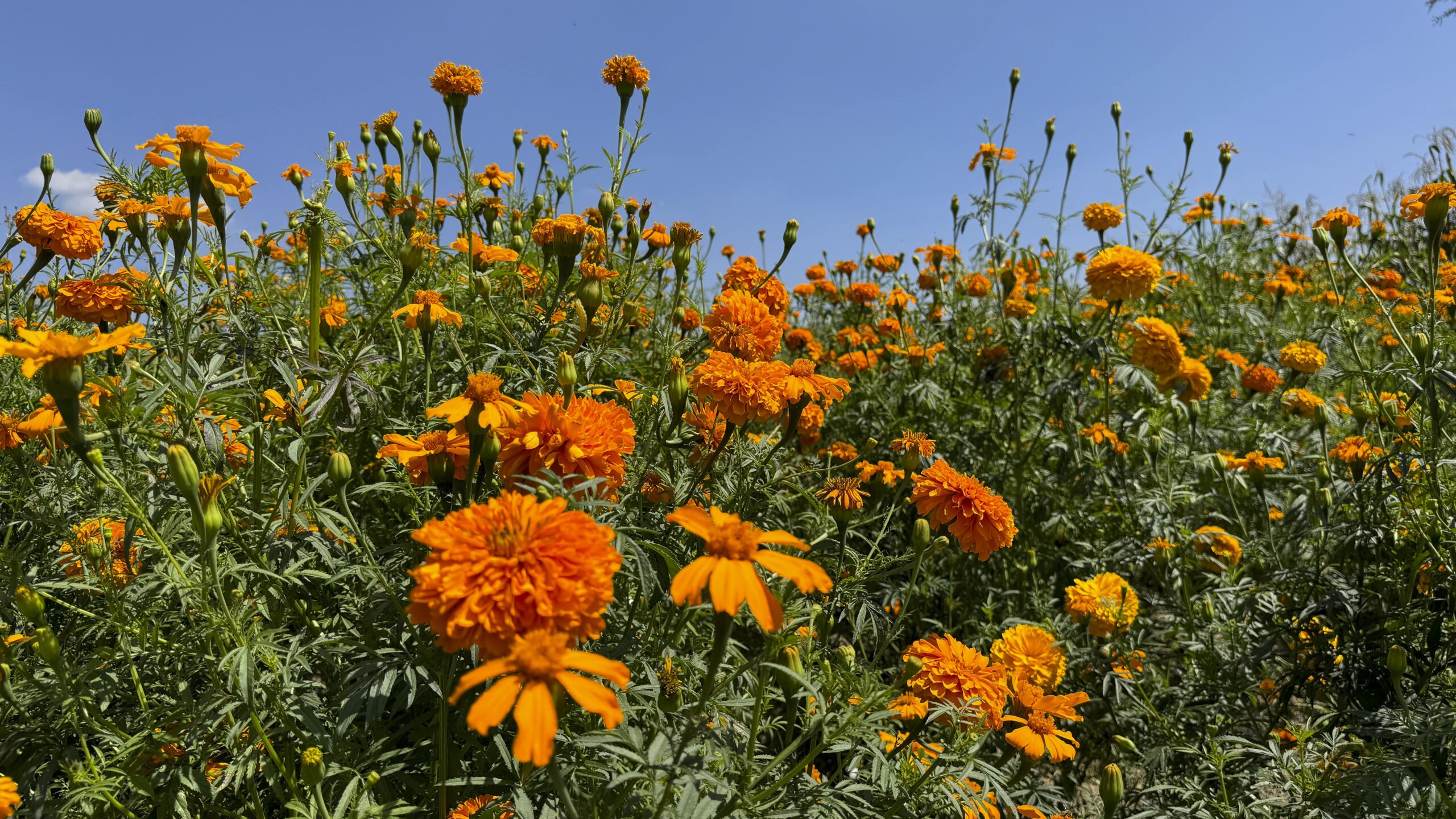
Preparation: Dia de los Muertos is a vibrant and colorful Mexican holiday dedicated to honoring and remembering deceased loved ones. The preparation for this multi-day celebration involves families creating elaborate altars (ofrendas) adorned with photographs, candles, incense, marigold flowers, sugar skulls, favorite foods of the departed, and other offerings to welcome the spirits back to the world of the living.
Flowers: Marigold flowers, known as cempasuchil or "flor de muerto," plays a significant role in Dia de los Muertos. Considered the traditional flower of the dead, the vibrant marigolds are believed to guide spirits to the altars with their bright color and strong scent. Their petals are often used to create elaborate paths leading to the ofrendas, symbolizing a spiritual journey.


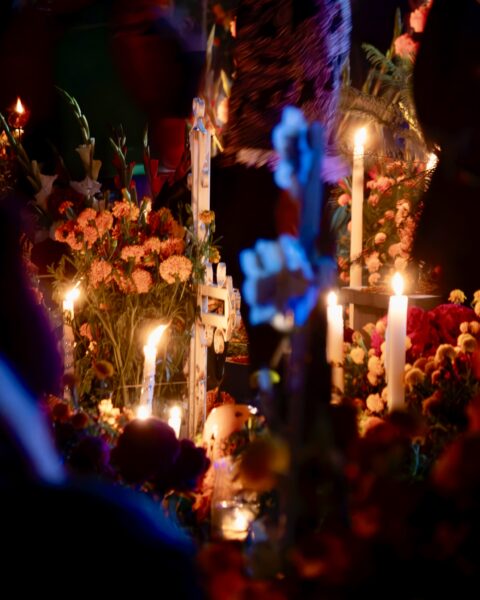

History: Rooted in indigenous Aztec rituals honoring the goddess Mictecacihuatl, the Lady of the Dead, and transformed through Spanish influence and Catholic traditions, the modern celebration of Dia de los Muertos is a unique blend of pre-Hispanic and colonial customs. It is celebrated on November 1st and 2nd to coincide with the Catholic holidays of All Saints' Day and All Souls' Day.
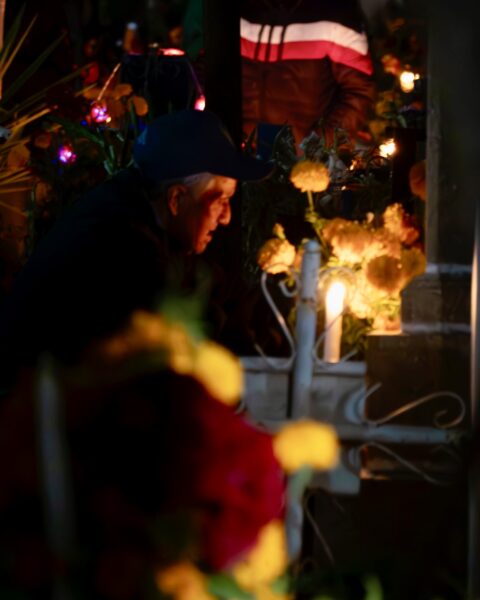
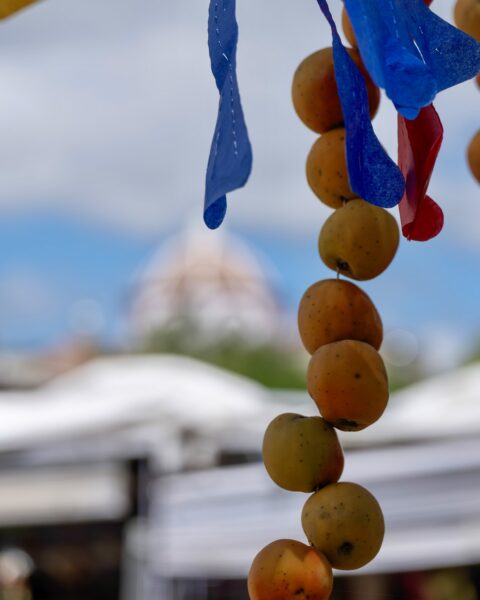


Cinco de Mayo
All too often mistaken for Mexican Independence Day, Cinco de Mayo commemorates the Mexican Army's victory over the French at the Battle of Puebla. Celebrations include parades, music, dancing, and feasting.
Independence Day
Is celebrated on September 16th. On this day, Mexico celebrates its independence from Spanish rule with festivities, flag ceremonies, fireworks, and the iconic "Grito de Dolores" (Cry of Dolores) shouting "Viva Mexico!".
Mexico is known for its intricate handicrafts, including pottery, textiles, silverwork, and alebrijes (fantastical sculptures). Each region boasts unique artisanal traditions passed down through generations, offering a glimpse into Mexico's artistic heritage. So, when driving through Mexico and you find beautiful pottery and think, maybe I can also find this in Guatemala or Peru, you will not. The vibrant pieces made in Mexico are one of a kind.
If you have the time, explore Mexican customs, festivals, traditional clothing, and local traditions. Peek into the vibrant cultural tapestry of Mexico and gain insight to the culture. Mexico has an extremely rich history that is laced with creativity and community spirit. Here, inviting travelers to immerse themselves in the colorful traditions displays the warm hospitality of Mexico's people.
Entering Mexico
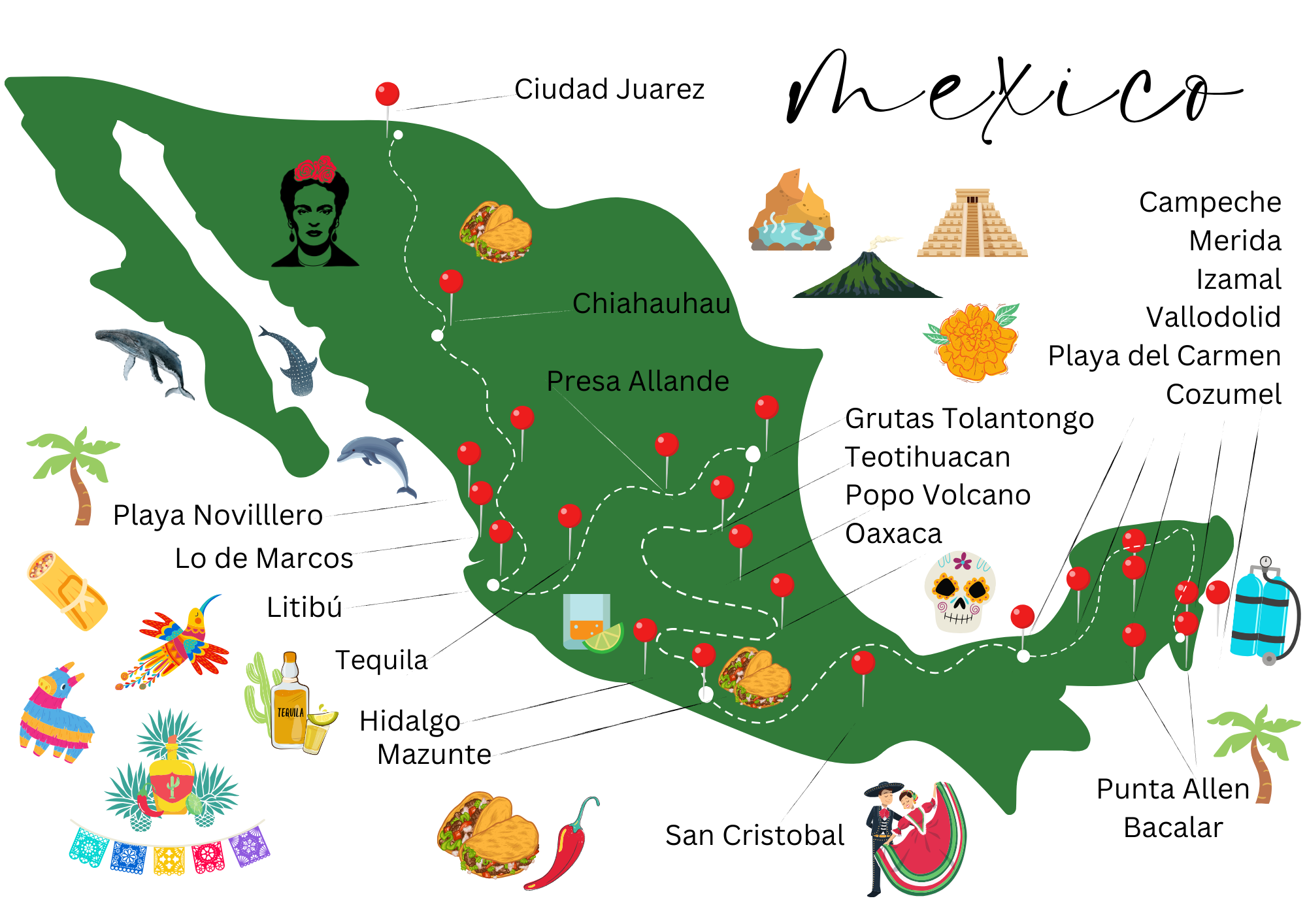
Pictured about is my exact route through mainland Mexico.
Mexico is the 5th most visited country in the entire world. Even with 39 million visitors each year, there is a great amount of fear when overlanders cross this border by land. Once you have accomplished this task, you'll realize not only is it the easier than entering Canada, but it might just be the easiest border crossing in all of North, Central, and South America and is far from scary.
Let's start with the basics to crossing the US Mexico border.
Documents
- Valid Passport
- Original vehicle registration
- Drivers license
- Mexican Auto Insurance
*One must own their vehicle outright, no loan, no debt* Any vehicle with a car payment is not permitted to obtain a temporary import permit without written permission from the owner of the loan*
Insurance
Purchase insurance online prior to entering Mexico. It is fast, easy, with online payment, and insurance documents emailed immediately. Recommend purchasing insurance at least 24 hours prior to entering Mexico. This way the insurance policy is active and you have time to print a physical, black and white copy. No color copies, they are often considered fake or forged. When you enter Mexico, it is not required that you provide proof of insurance, however, it is highly recommended. Here are a few popular companies:
- CHUBB personally have used twice, fast, easy, and 3 package options
- Baja Bound is frequently recommended
- Sanborn's Mexican Auto Insurance is also a frequent recommendation
*Mexican authorities only accept insurance from Mexican companies. US Insurance won't cover damage to others or their property. If you are at fault in an accident, you can go to jail and will be required to pay for the damages out of your pocket.*
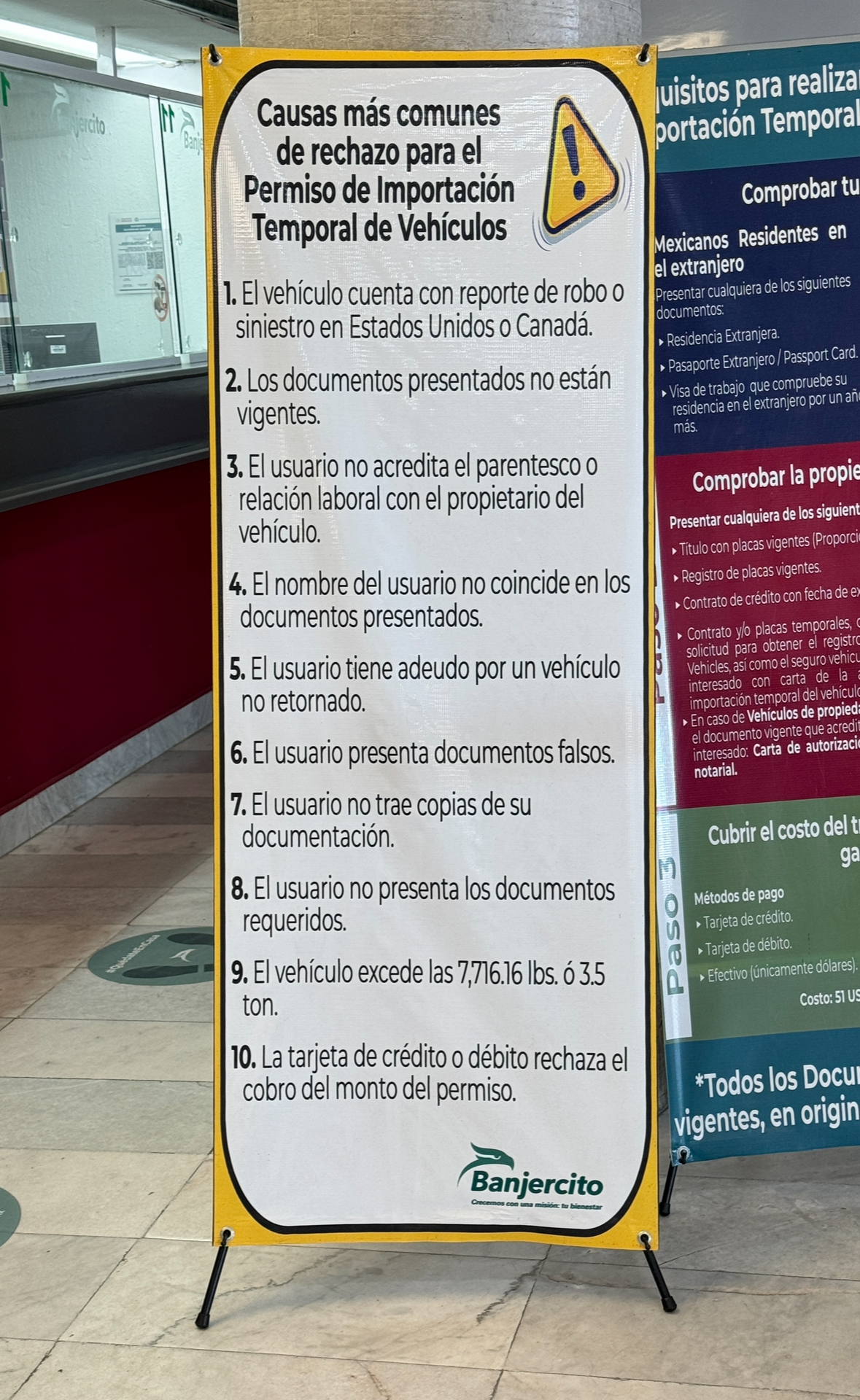

How to Obtain FMM and TIP
FMM: you can apply online 30 days prior to entry, however this is not recommended.
What is an FMM? Forma Migratoria Múltiple, otherwise commonly called a tourist card or tourist visa. FMM is mandatory, no one is going to guide you or advise you to obtain this. FMM must be kept on your person at all times in Mexico. Along with your passport stamp, this document is proof you are legally in the country.
-
- When you arrive to the border, enter the Immigration building. It will be the building on the right. Once inside, look for the sign INM (Instituto Nacional de Migración). Wait in line, when it is your turn, present your passport. The agent will ask how long you plan to visit: maximum is 180 days (6 months).
- Complete said form, return to the line and pay. Provide passport, it will be stamped and returned with a FMM. On the FMM it will state how many days have been issued. Cost is roughly 35 USD, recently I read an increased to $43 USD. Most, if not all crossings now only accept debit or credit cards. No more cash payments at the borders. This does not apply to visits in TIP free zones, visits under 7 days are free.
- Go to the next window, the Banjercito and obtain the Temporary Import Permit, TIP.
- Documents Required: Original registration, drivers license, and passport.
- They will process all the information. Sign all required documents.
- Pay. The total cost to import your vehicle temporarily will depend on the year and type. *Only credit or debit cards with the printed numbers on them are accepted. If you have an Apple card without number on it, they will not accept it.
- When you exit Mexico the cost to import will be returned to your original payment method.
Driving in Mexico
Just like all other countries in the world Mexico is well equipped with paved roads all over the country. Personally I am from Wisconsin and the entire country of Mexico, including dirt roads are better than Milwaukee, WI.
-
Highways: More often than not, the highways in Mexico will be toll roads. When you pay a toll, always keep the receipt. Part of the toll funds the Green Angles so if you happen to break down or get in an accident their number will be on that paper to call and it is usually, if not always, free.
-
Rural Routes: Rural roads in Mexico vary in quality, from well-paved surfaces to rough dirt tracks. Many with limited signage, changing road conditions, and sizes it's essential to drive cautiously. Not always big rig friendly.
-
City Streets: City streets in Mexico can be bustling and busy, especially in larger urban areas. Watch out for one way street signs, topes, pedestrians, and cyclists.
Click here to read all the typical road conditions, rules of the road, speed limits, and driving tips for long distances, you can navigate the country's roads safely and enjoyably.
As always, watch out for topes!
Safety
Safety in Mexico is a big topic to cover. The basics are below or you can click here to read an entire post dedicated to safety in MX.
Can safety vary depending on your rig?
In a word: Yes. The larger the rig, the more at risk. Why? The larger the rig, the more there is to steal. Simple as that. In my experience the country/rural roads are safer as well as give better views. In a big rig these roads can quickly become dangerous. Due to size, the toll roads are the logical option. However, it is more likely you will encounter theft on the toll roads.
Ask any semi truck driver, they live in the dangers. When driving a big rig, it is of the upmost importance that you plan your routes a little better, allow plenty of time to arrive to your camp in the daylight, and it is advised to have cameras.
What border is the safest?
Here is where my opinion differ from most. There are a lot of people who will drive hundreds of miles out of there way along the US border [arguably more dangerous] to reach a 'safer' border.
In my opinion, all border towns, no matter where they are in the world present a level of heightened concern where there is the most traffic there will be the most problems. It boils down to opportunity, criminals have always and will always be in places where the opportunity to gain is the highest.
As a solo woman, I have crossed in Tijuana, Tecate, Ciudad Juarez, Santa Teresa, and Chetumal several times. In my experience, the fastest and easiest to enter Baja is Tijuana and the fastest and easiest to enter mainland Mexico is Santa Teresa.
Highly recommend Santa Teresa over Ciudad Juarez, Santa Teresa has the Banjercito on site where as Juarez does not. Last time I crossed in Santa Teresa was a Sunday morning, there were 3 cars and the entire process took 15 minutes. No one looked at or in my truck or camper.
Border Crossing Tips
-
- Enter early so you have enough time to drive at least 2 hours from the border to camp.
-
- Enter with a full tank of gas, less stops, avoid higher prices close to the border.
-
- Make sure your maps are downloaded offline.
-
- Have plenty of water and driving snacks.
-
- Use the bathroom before you leave the border.
-
- Avoid entering Mexico during 'rush hour' times. Keep in mind, thousands of people commute across these government lines each day for work, family or to simply shop. Avoid entering Mexico on a Friday or Saturday. I have found the best times to enter Mexico are Sundays, and Tuesday - Thursday from 10 am - 2 pm.
- Avoid driving at night. When the sun sets, the pavement is warm. This draws out cows, donkeys, goats, horses, and more animals into the road.
- Keep a keen eye out for topes (speed bumps) personally I take my time behind locals, they know where all the topes are located.
- Make sure you have pesos for tolls and keep the receipt.

